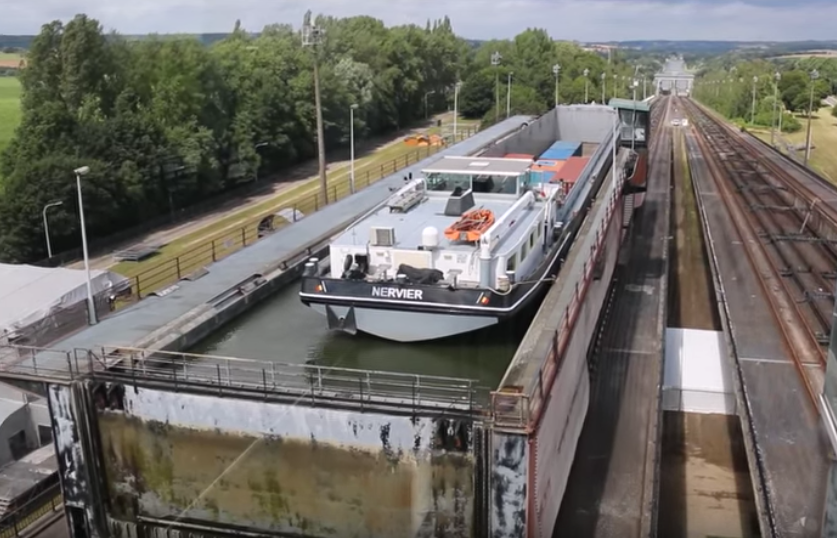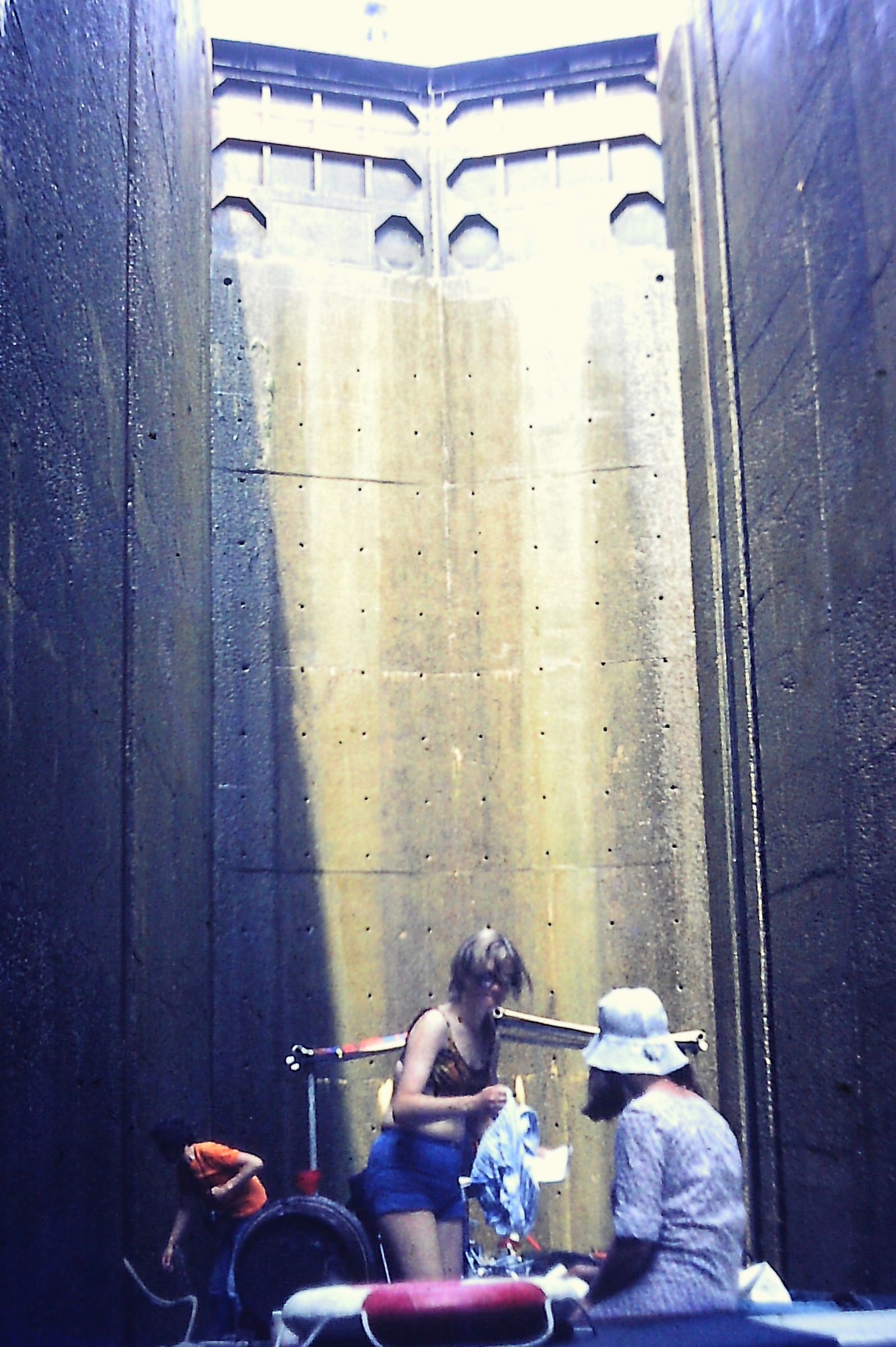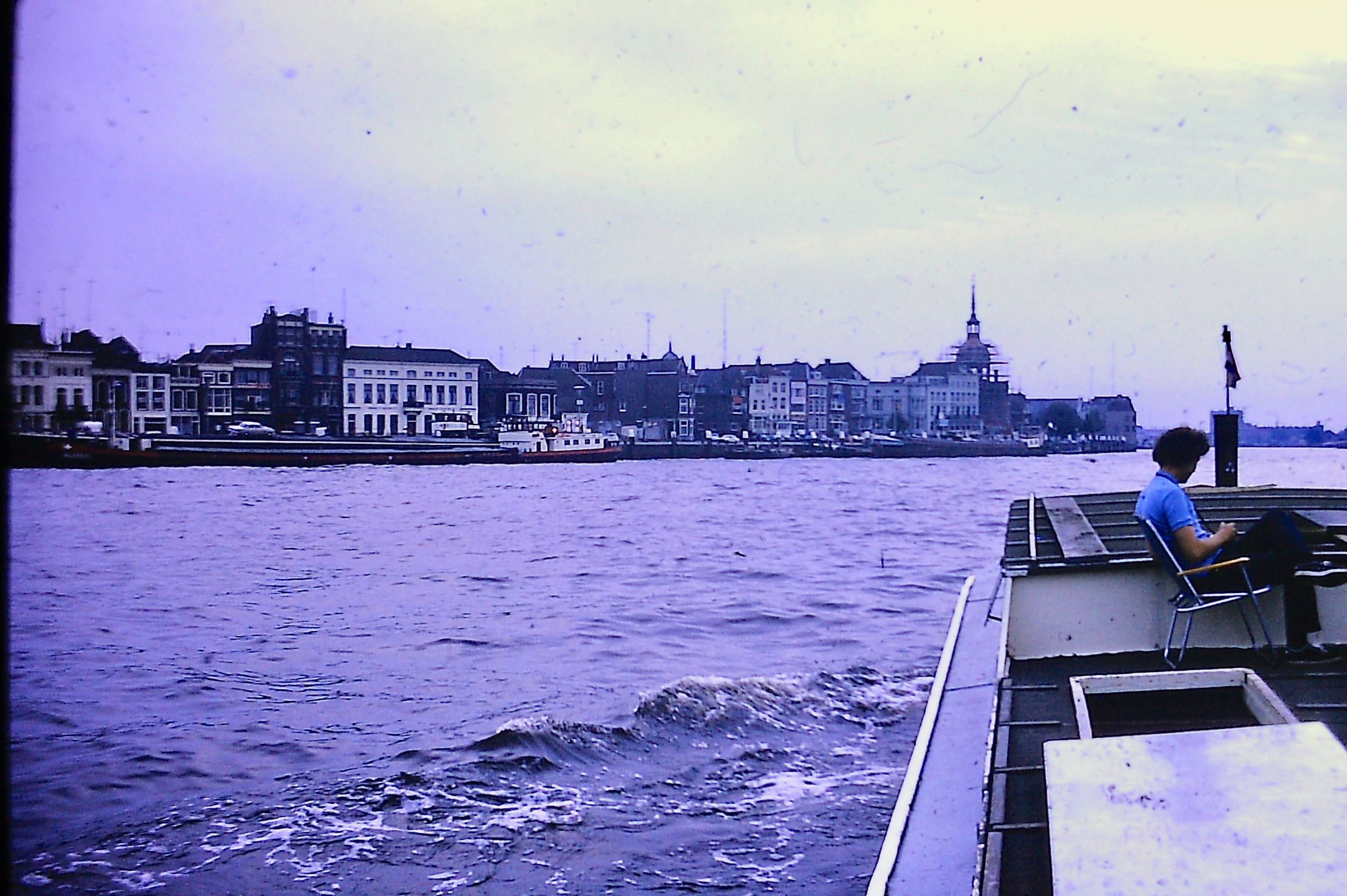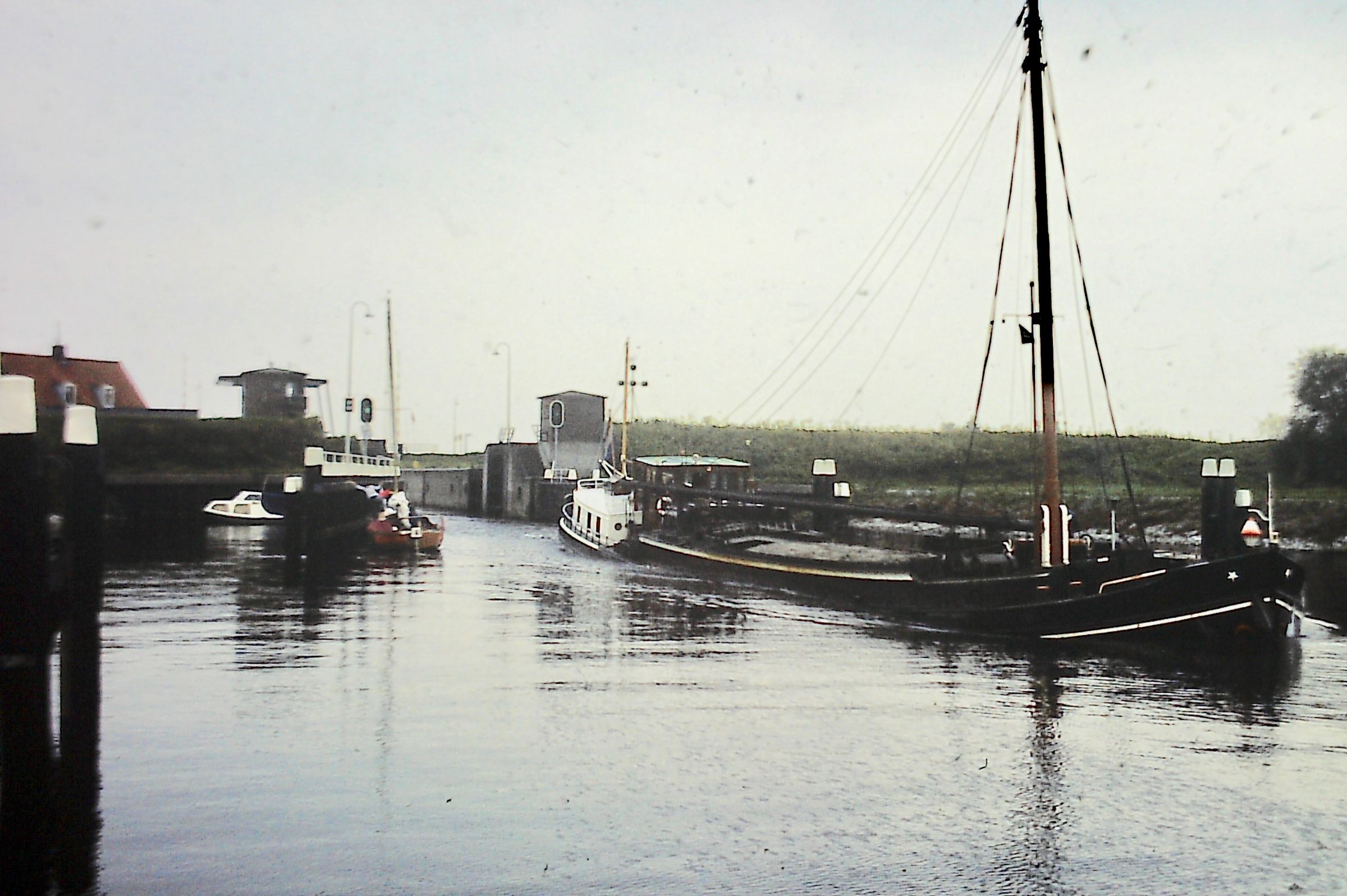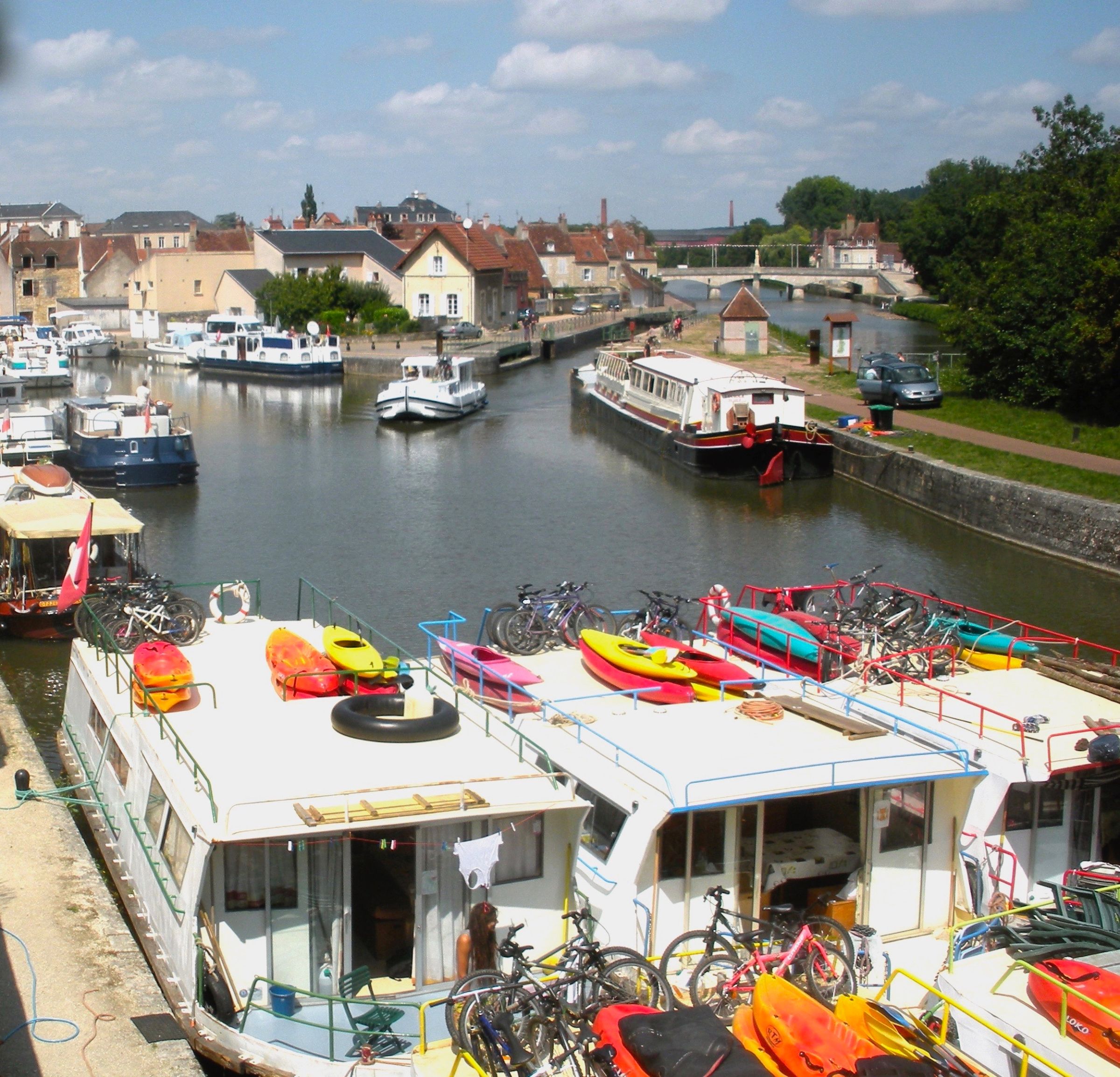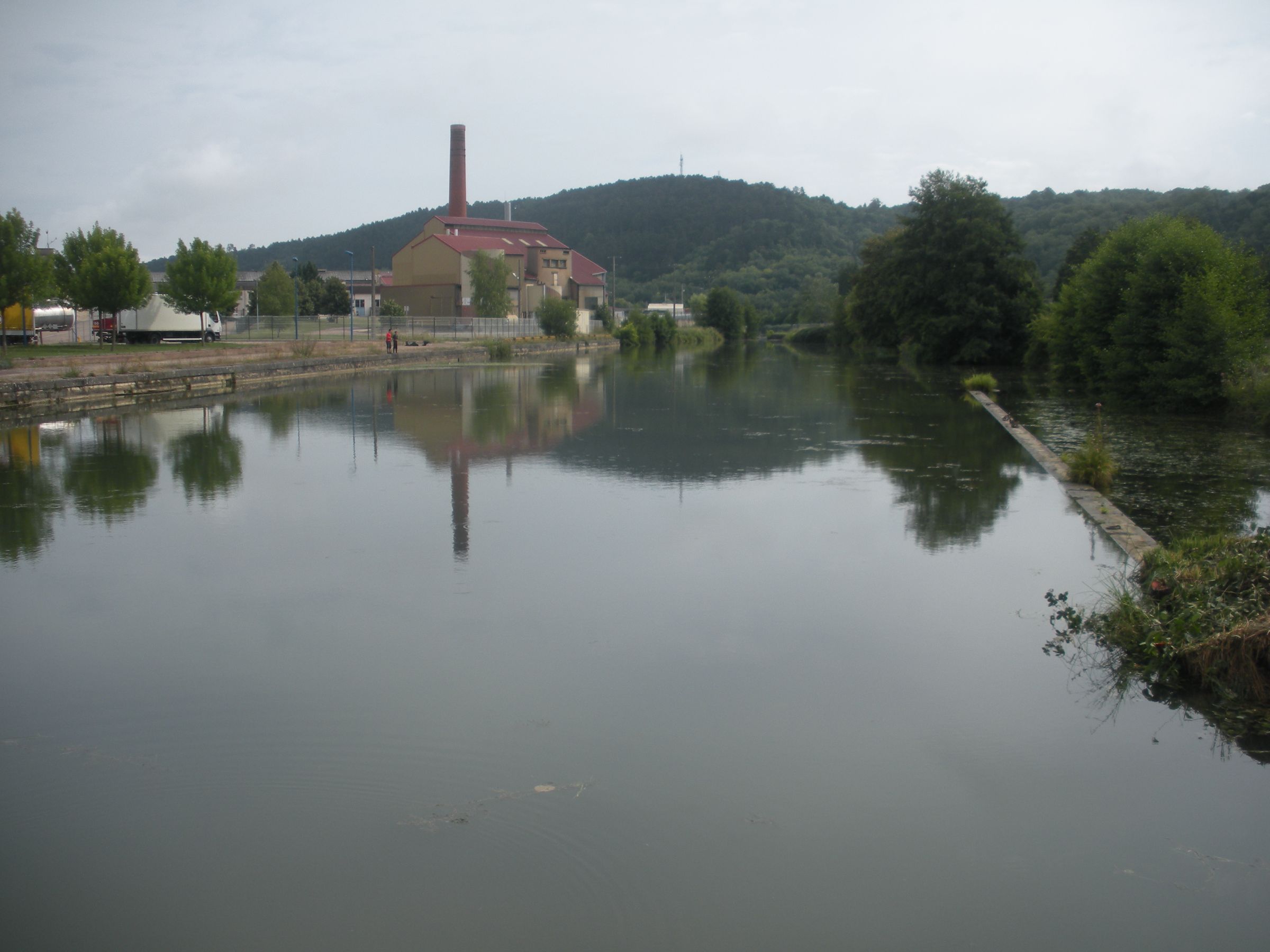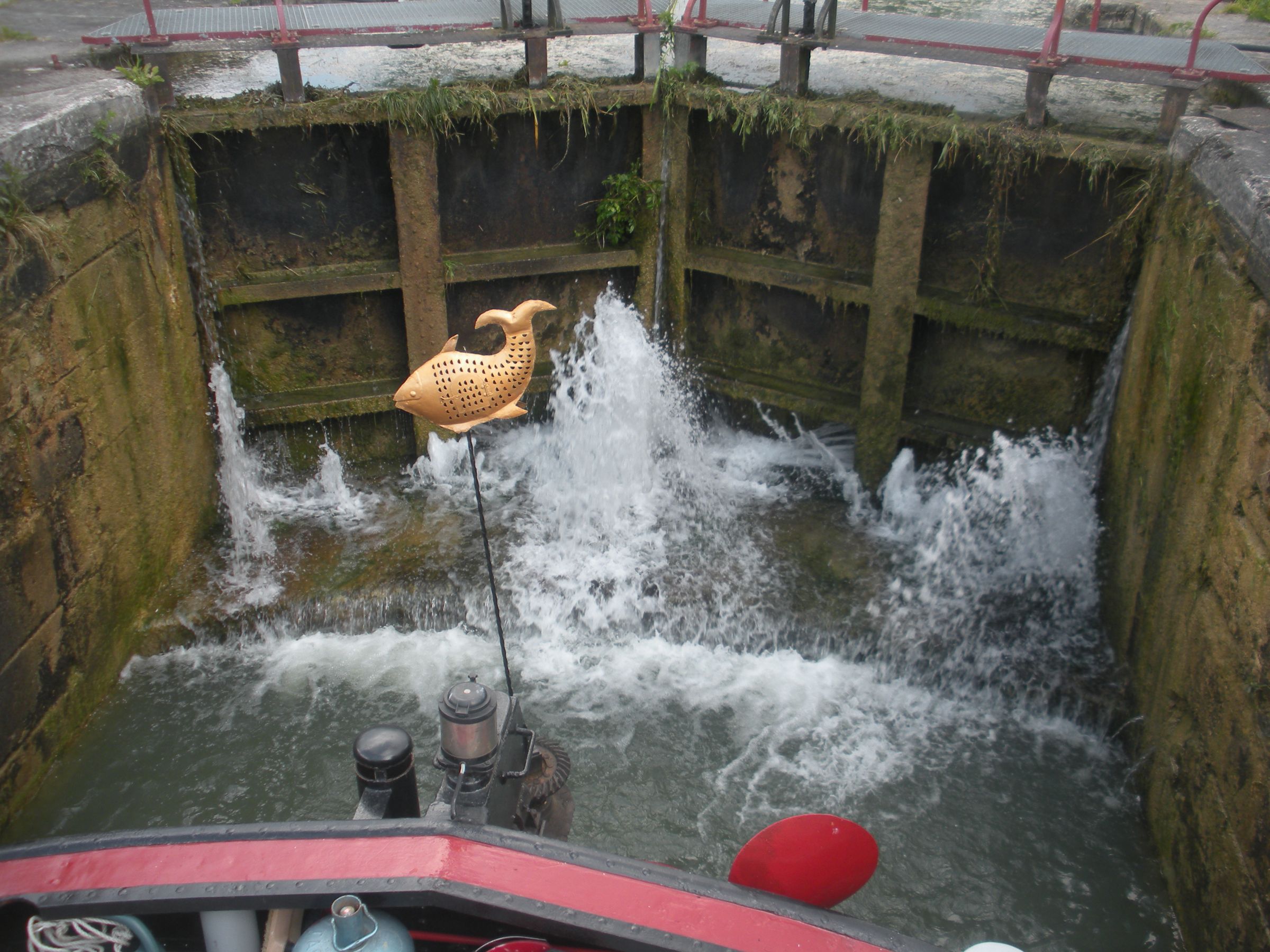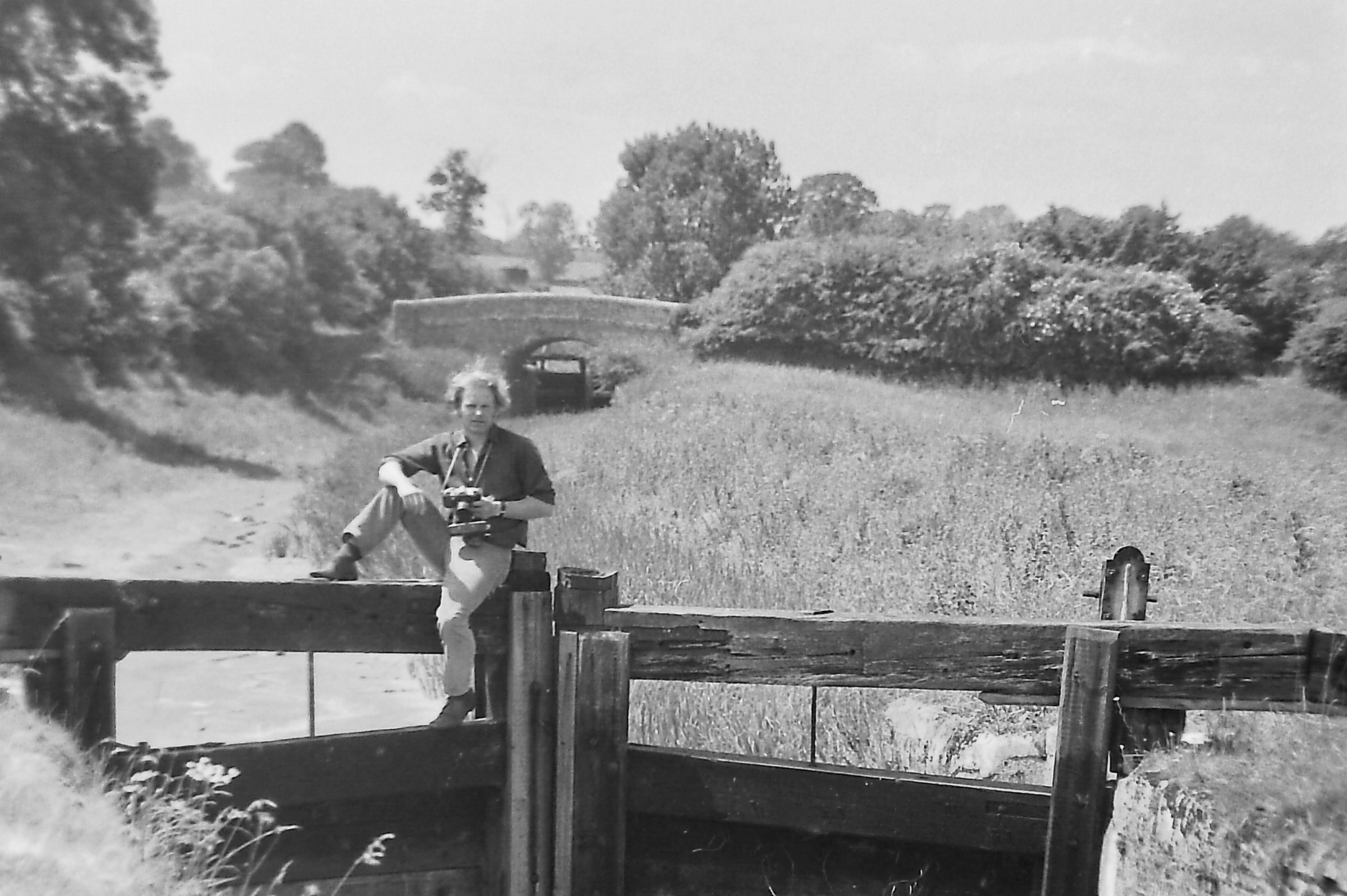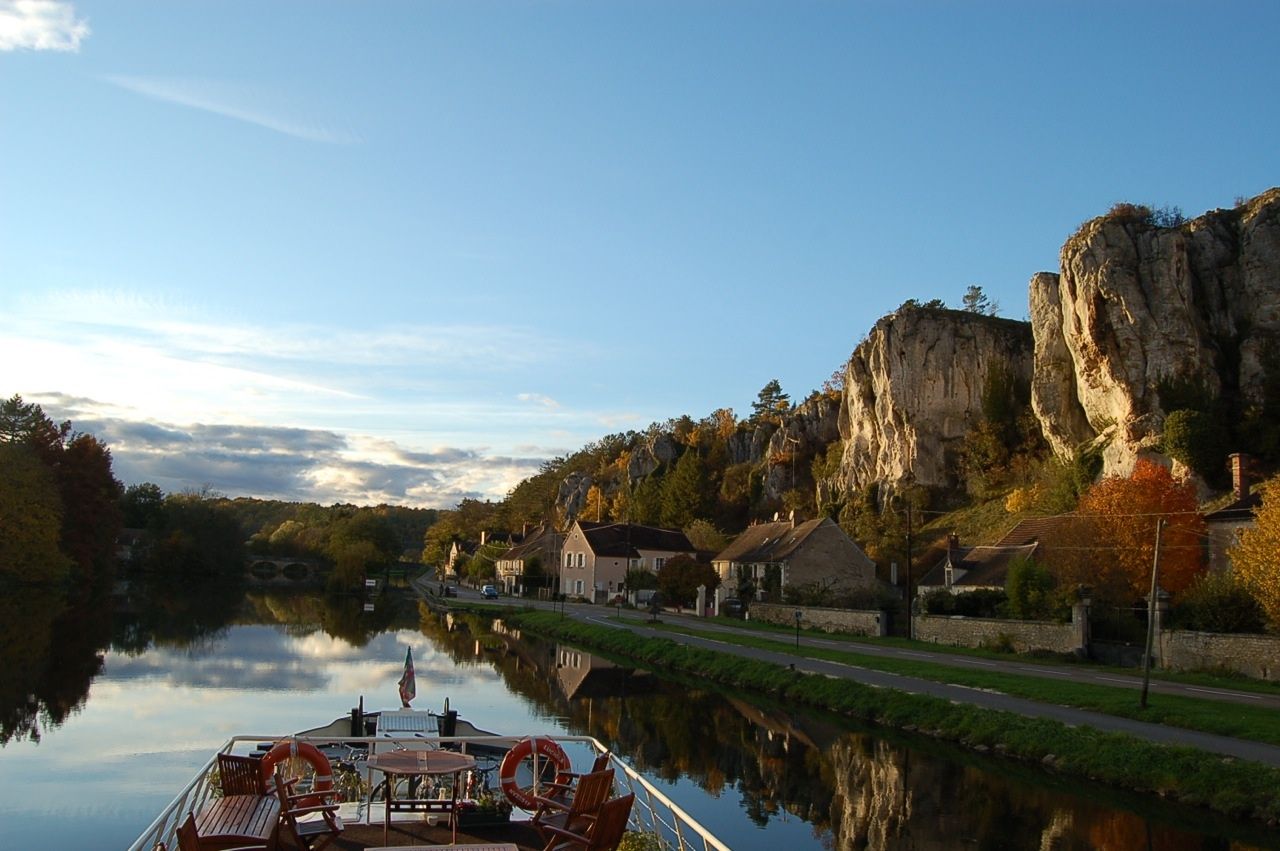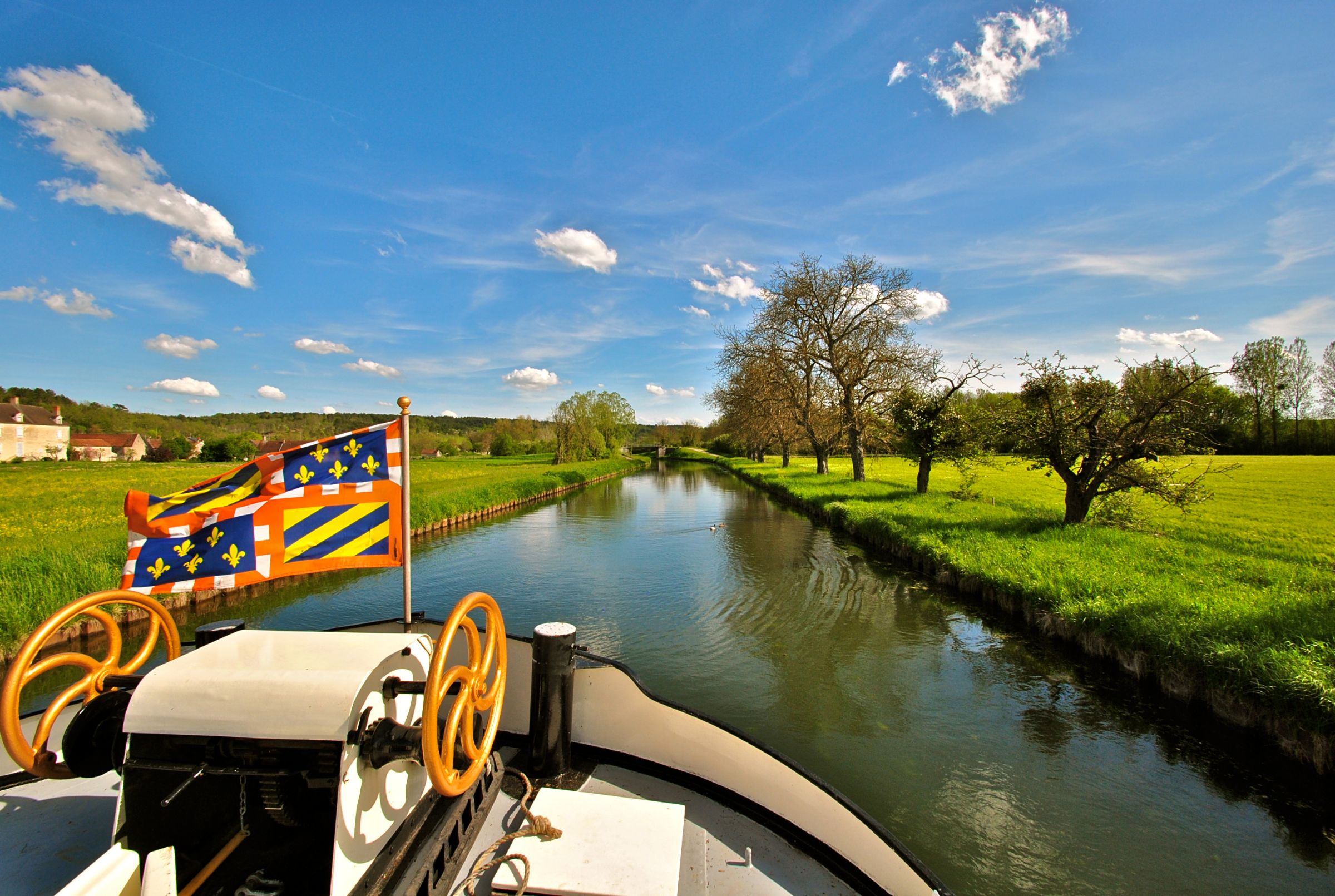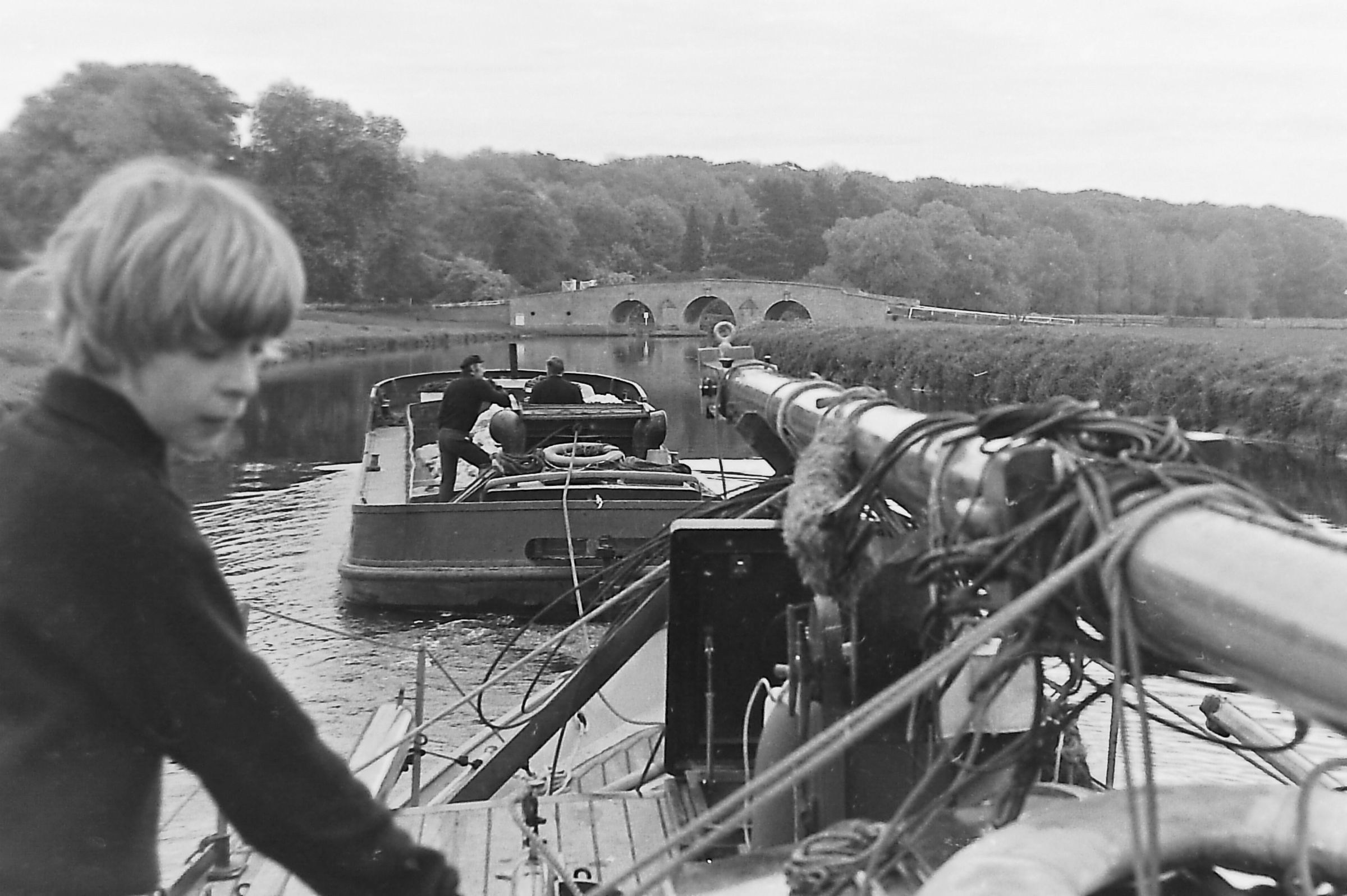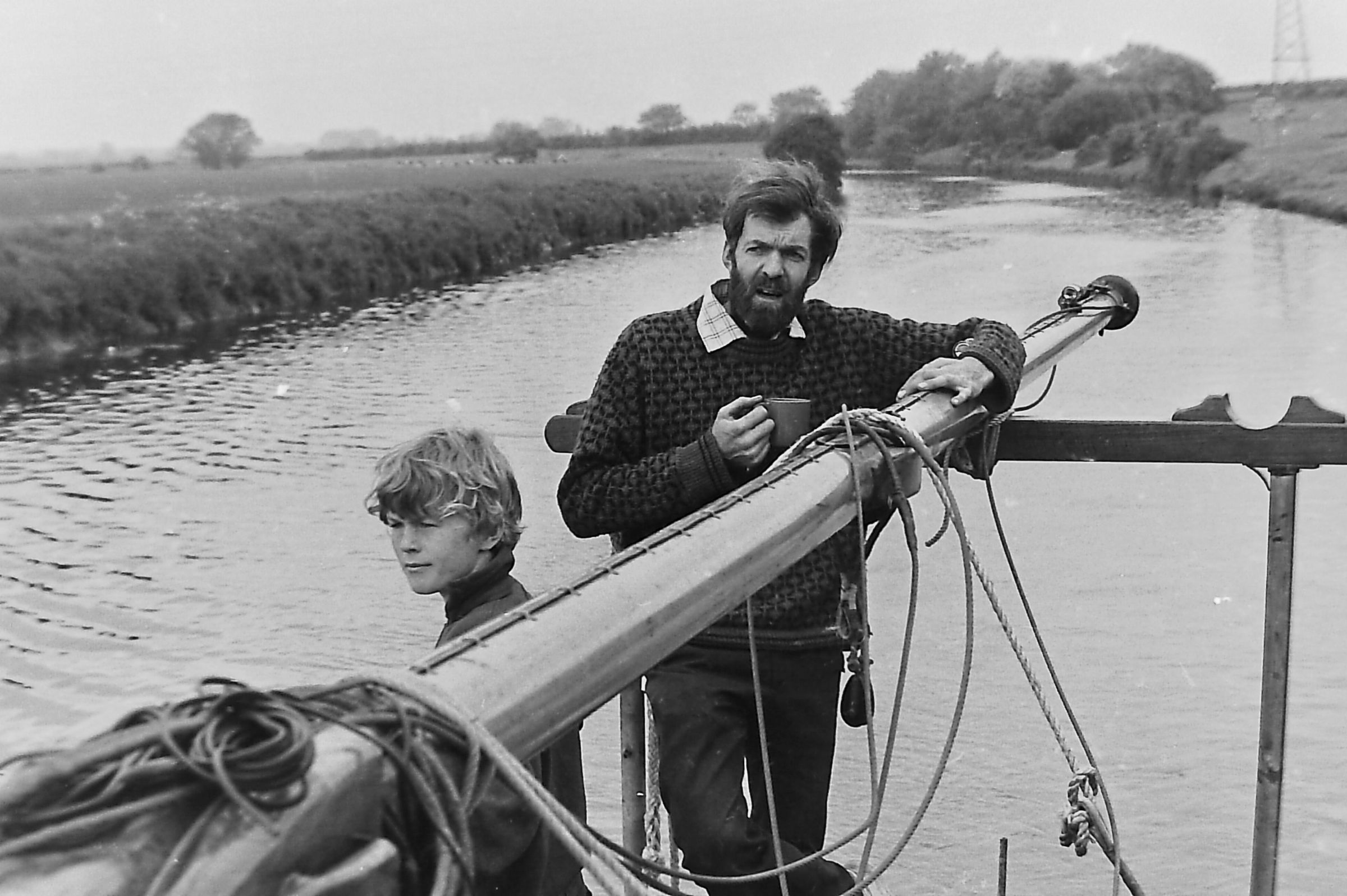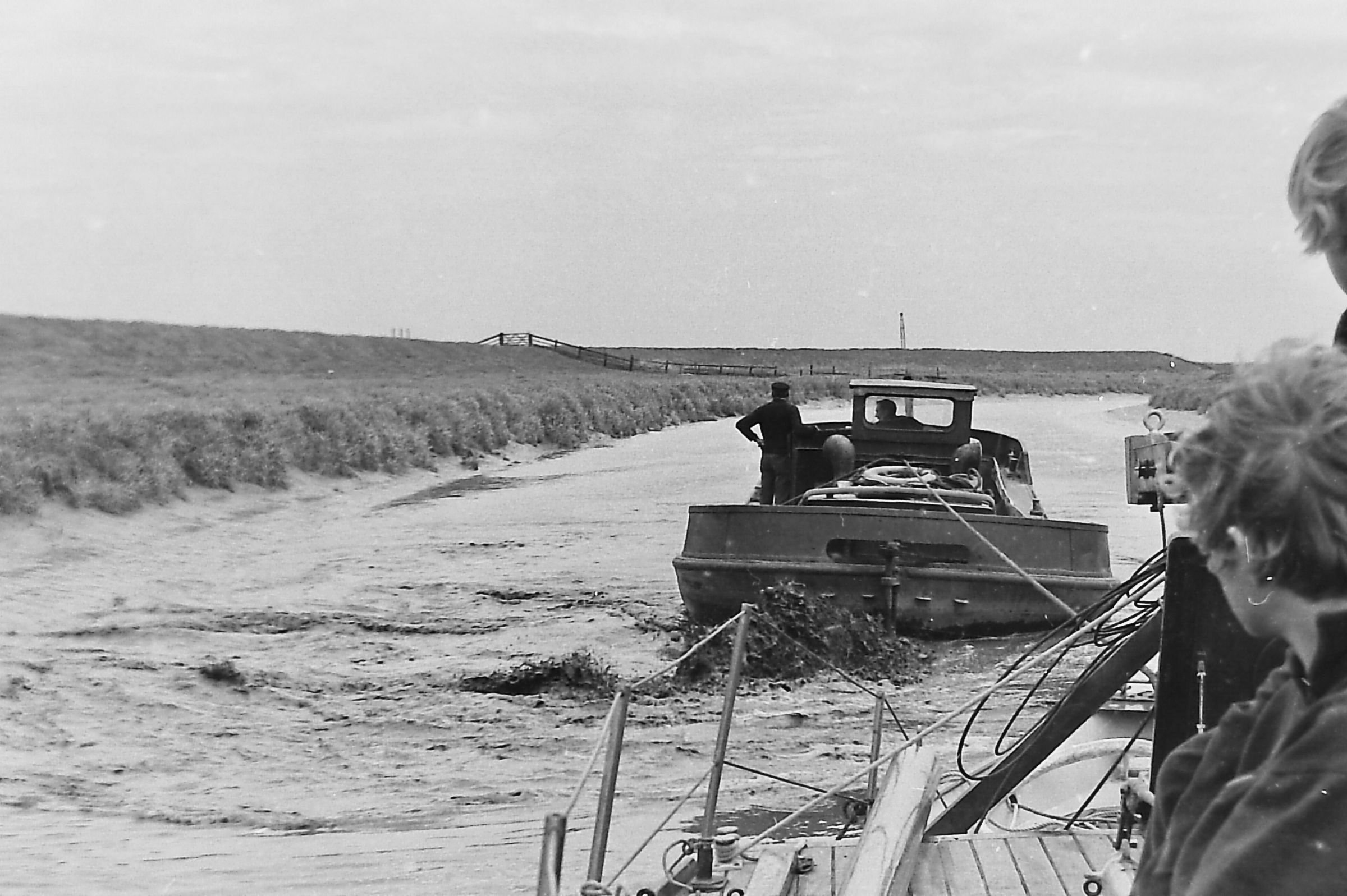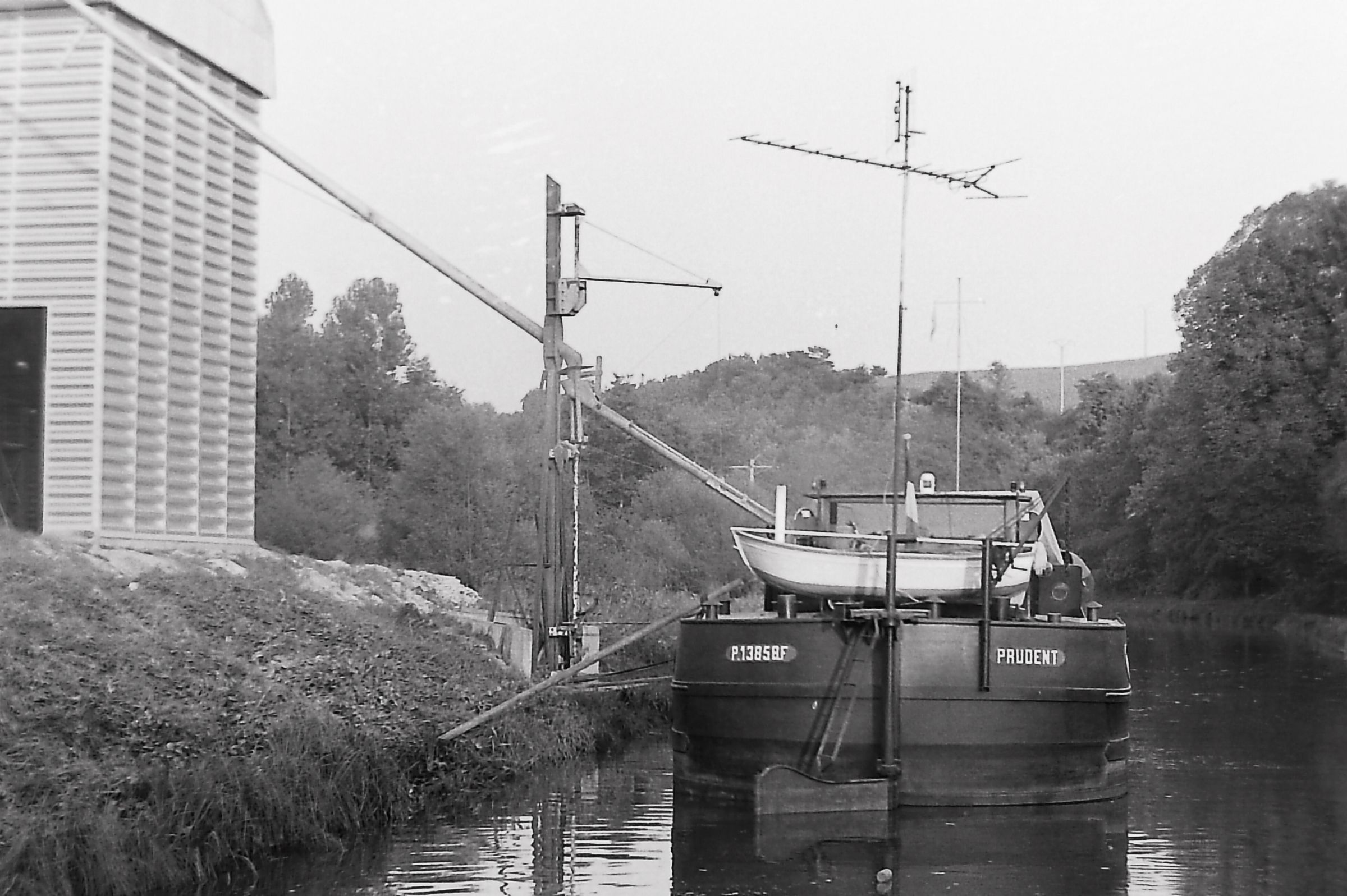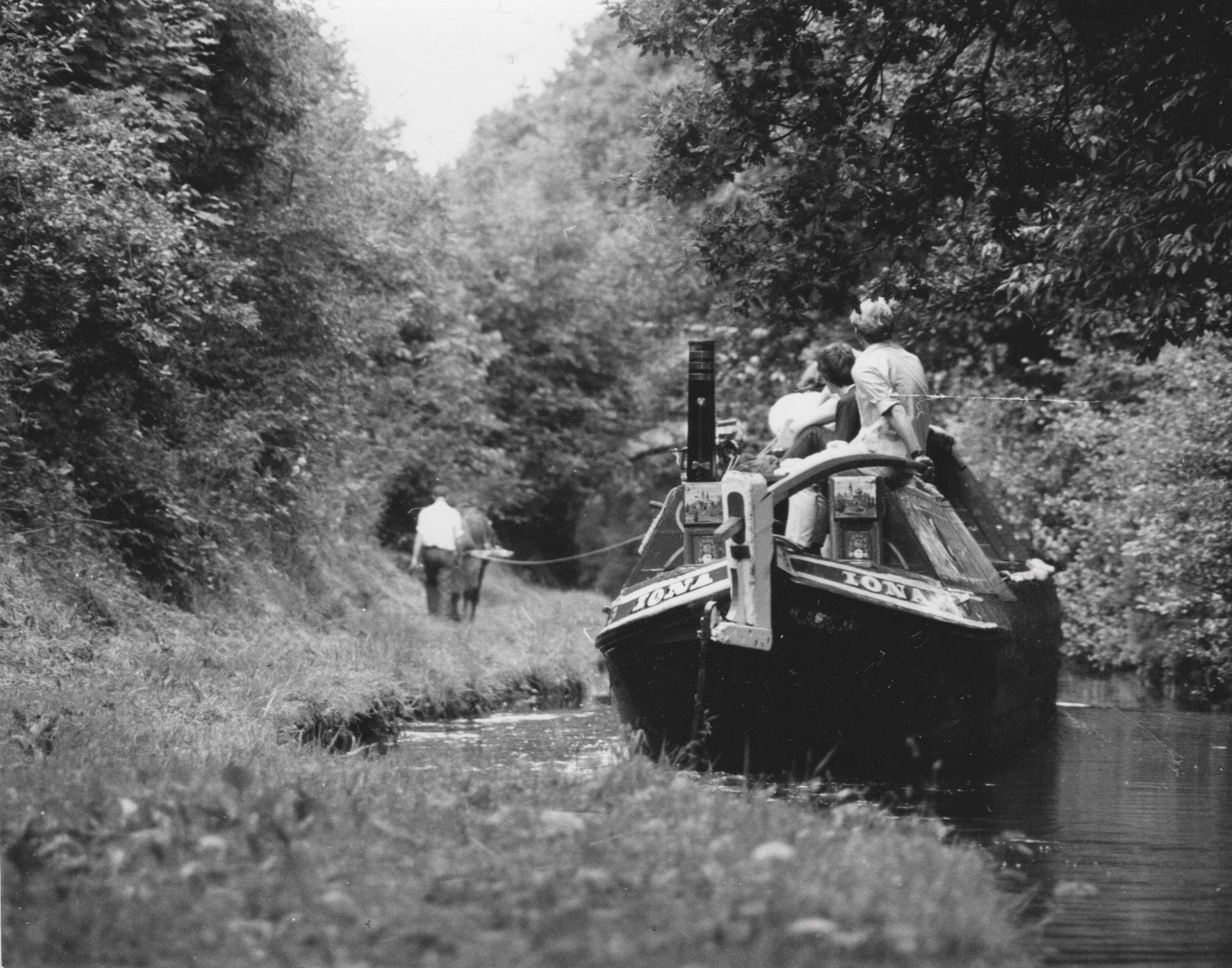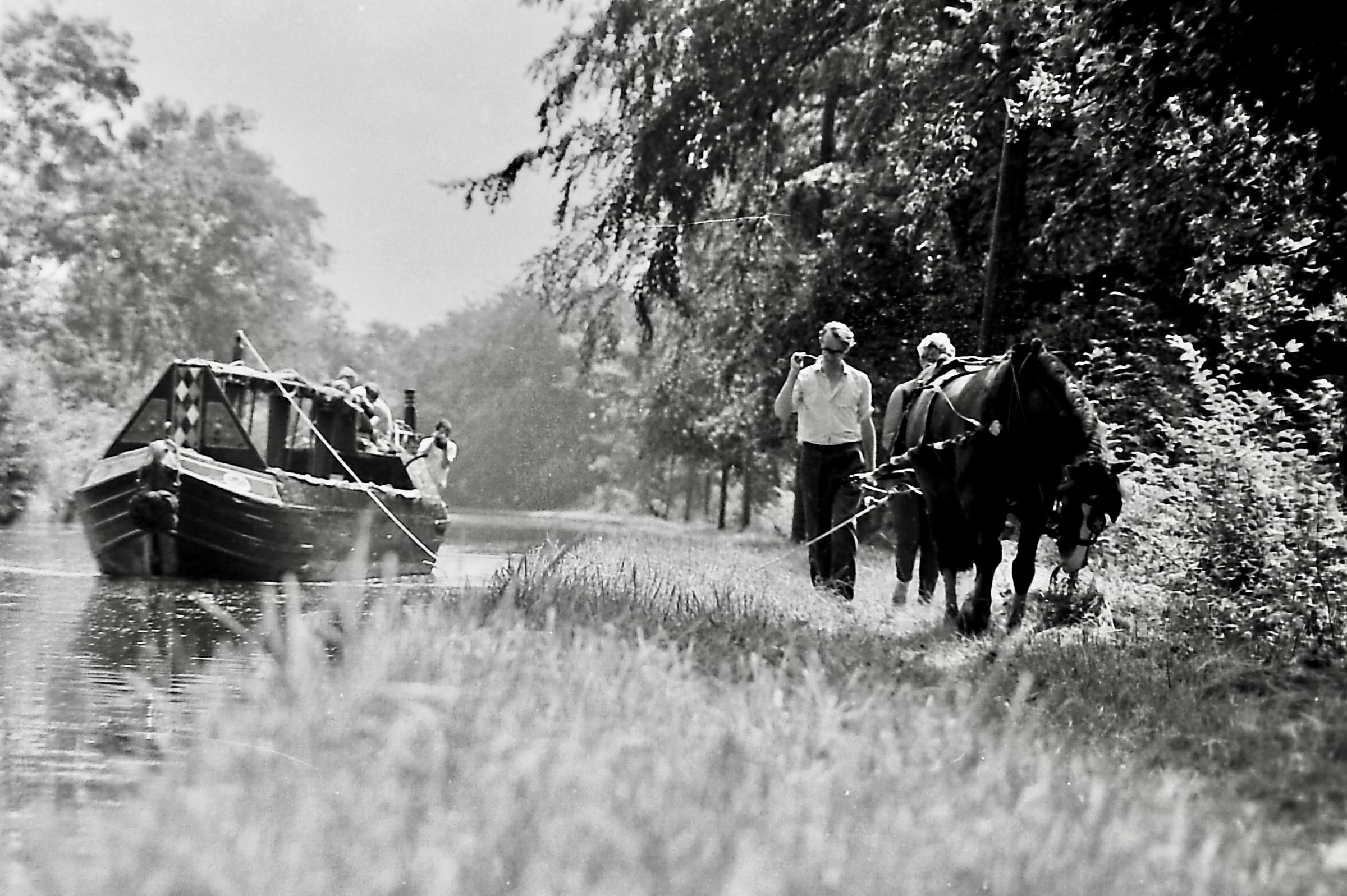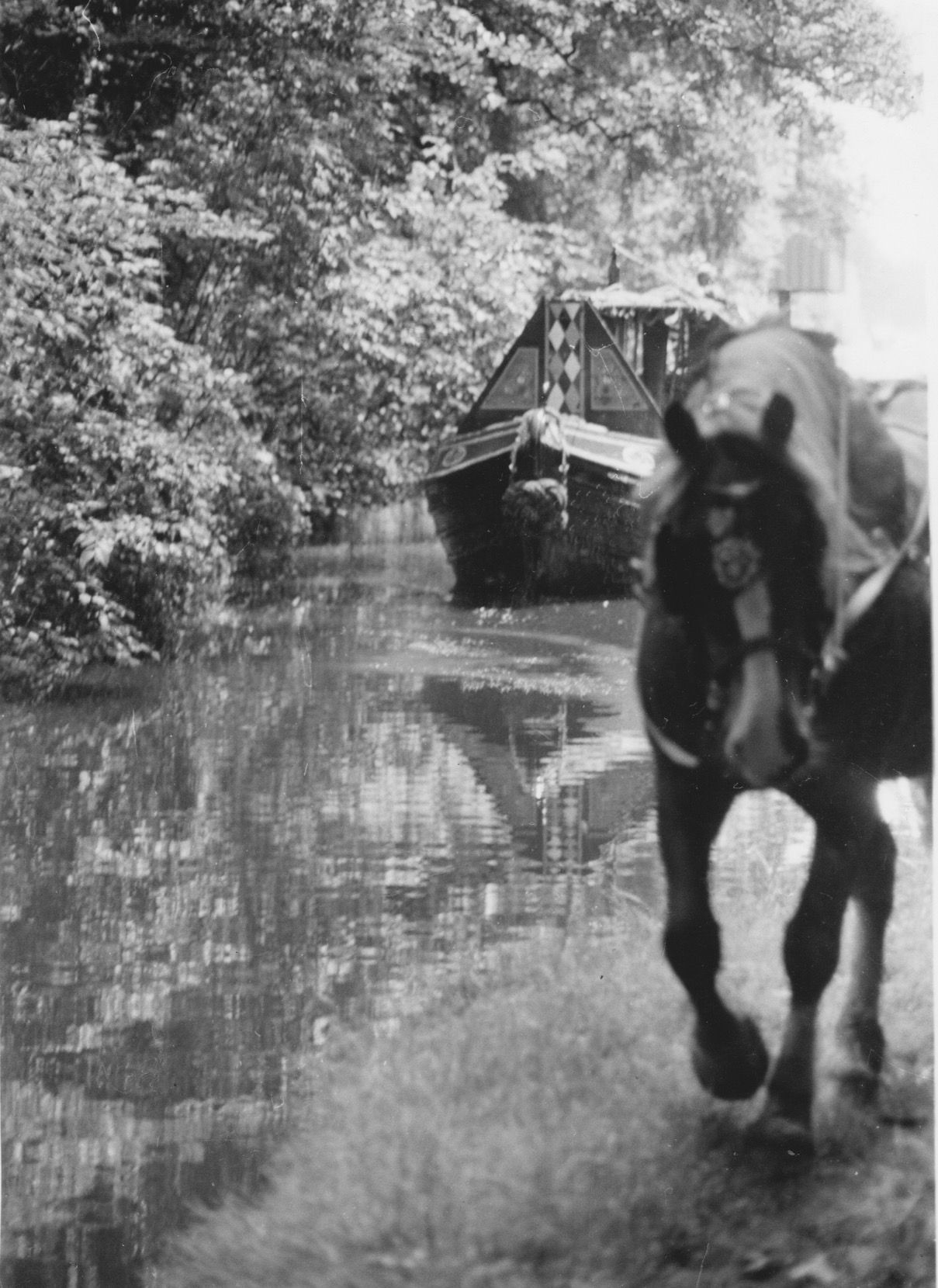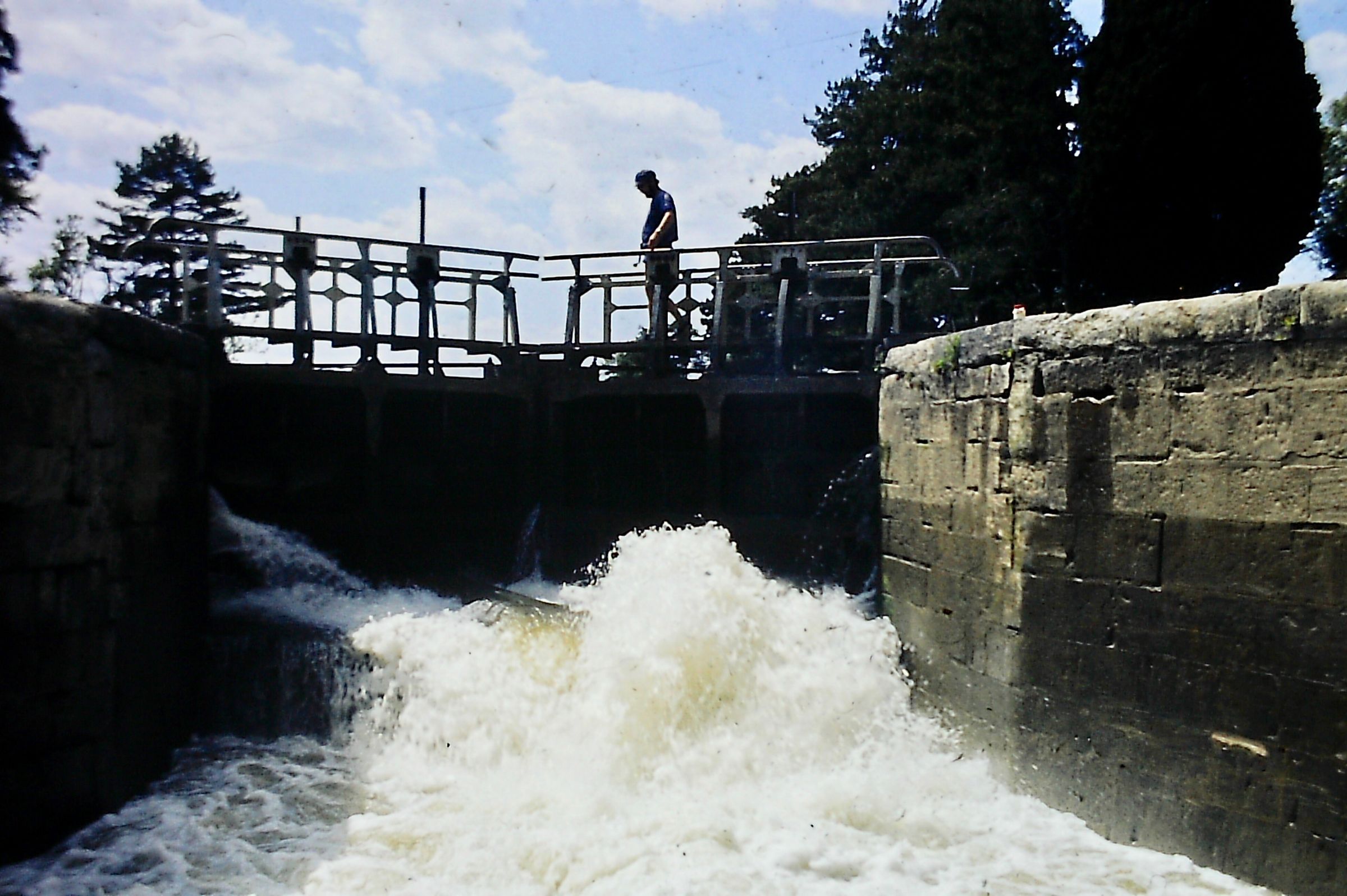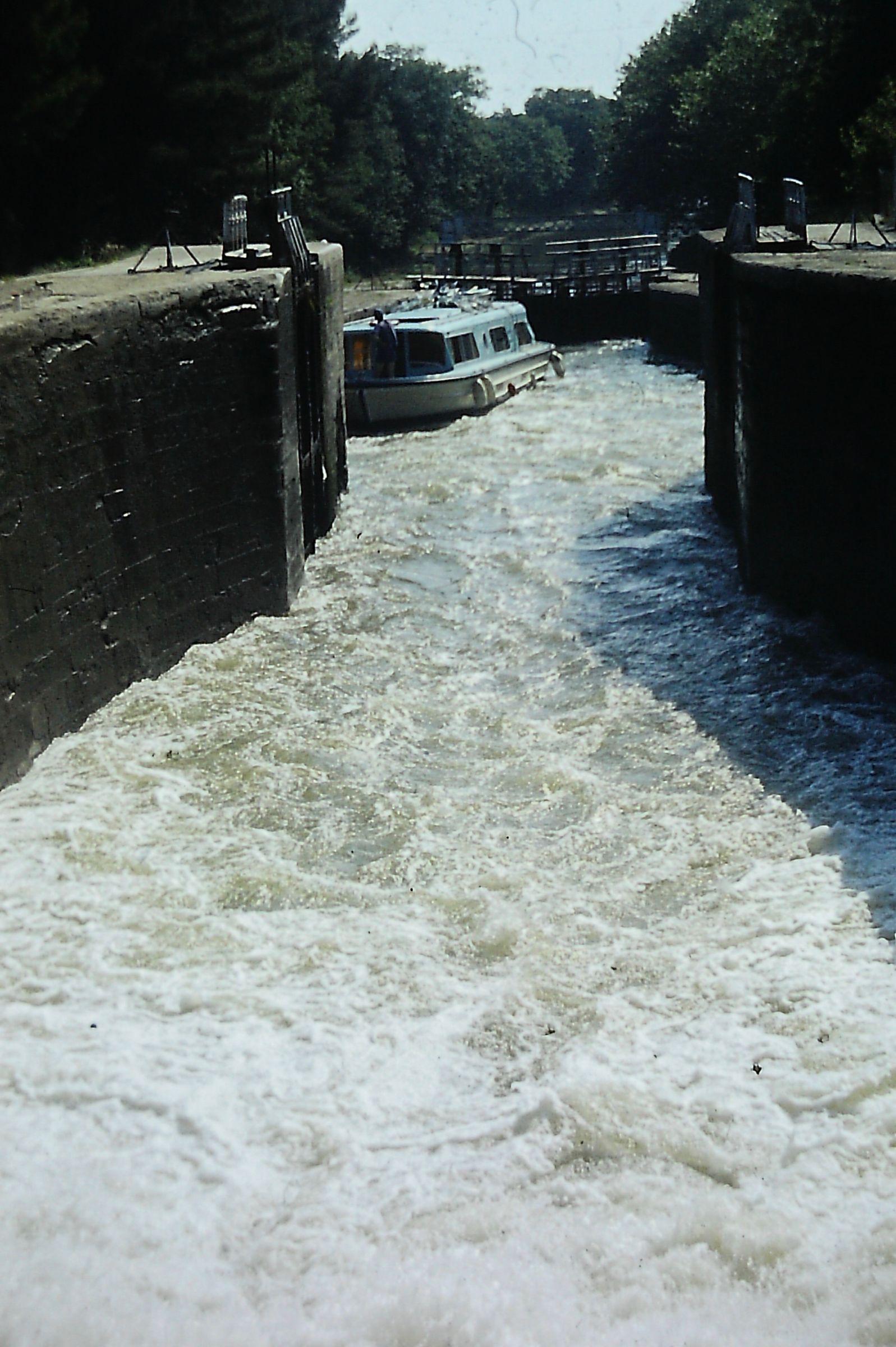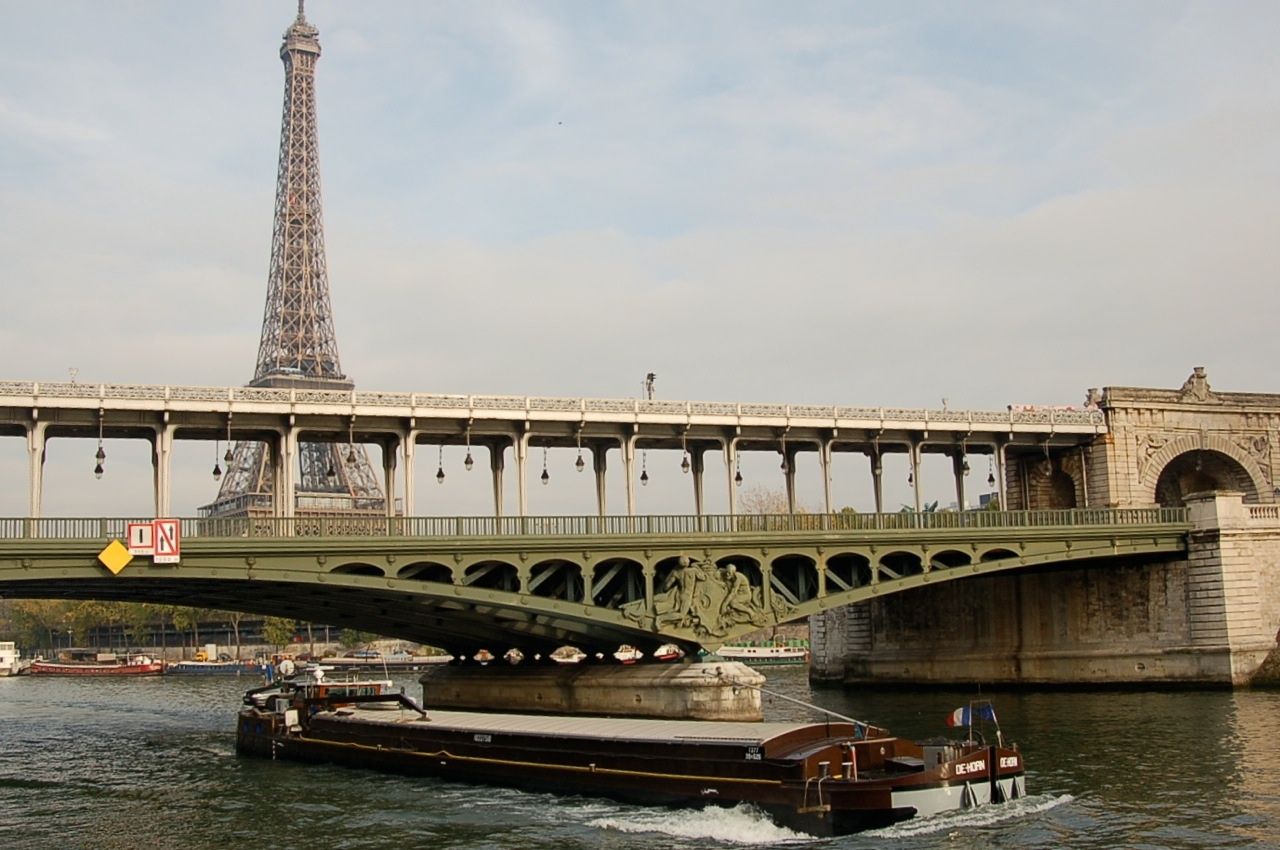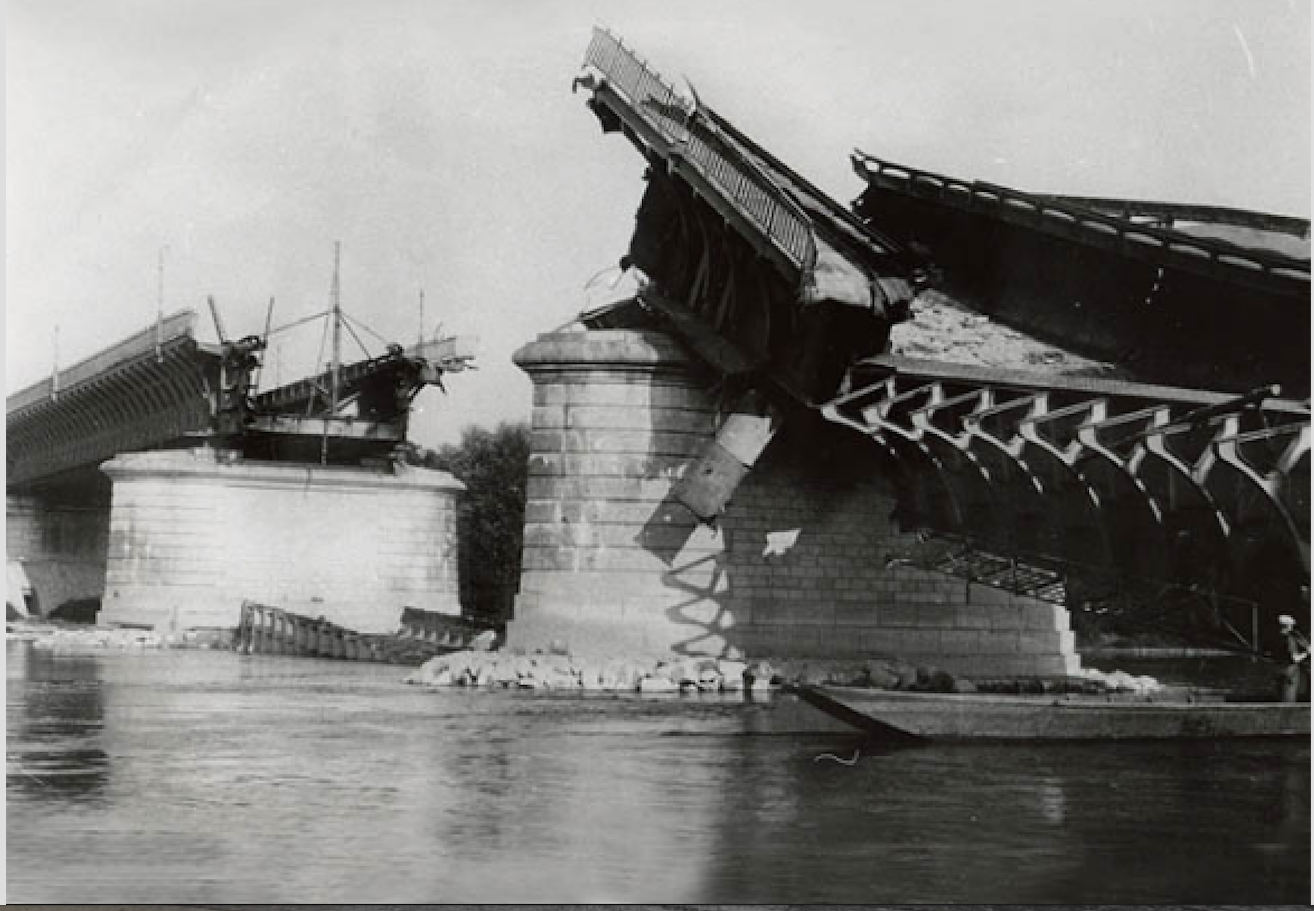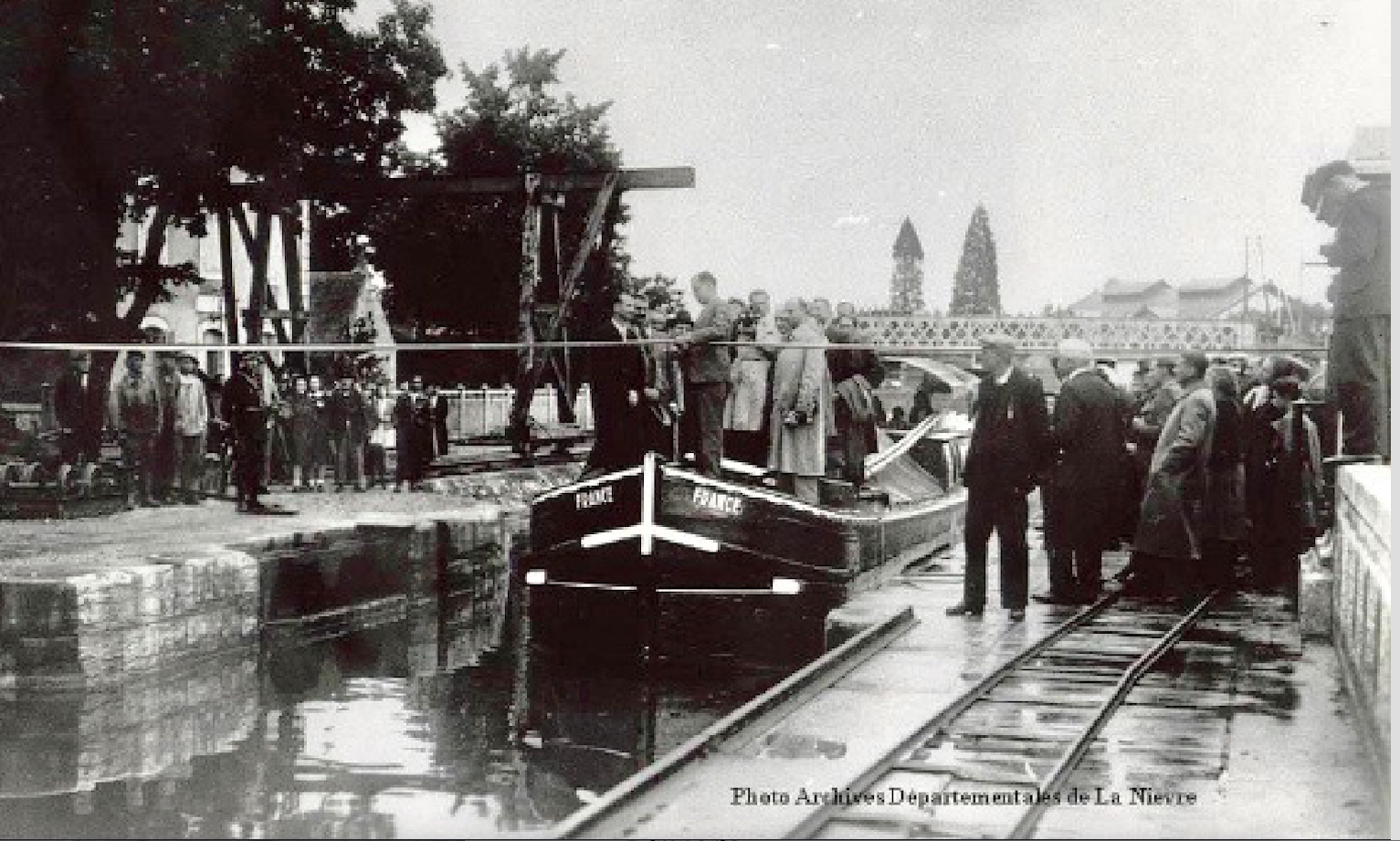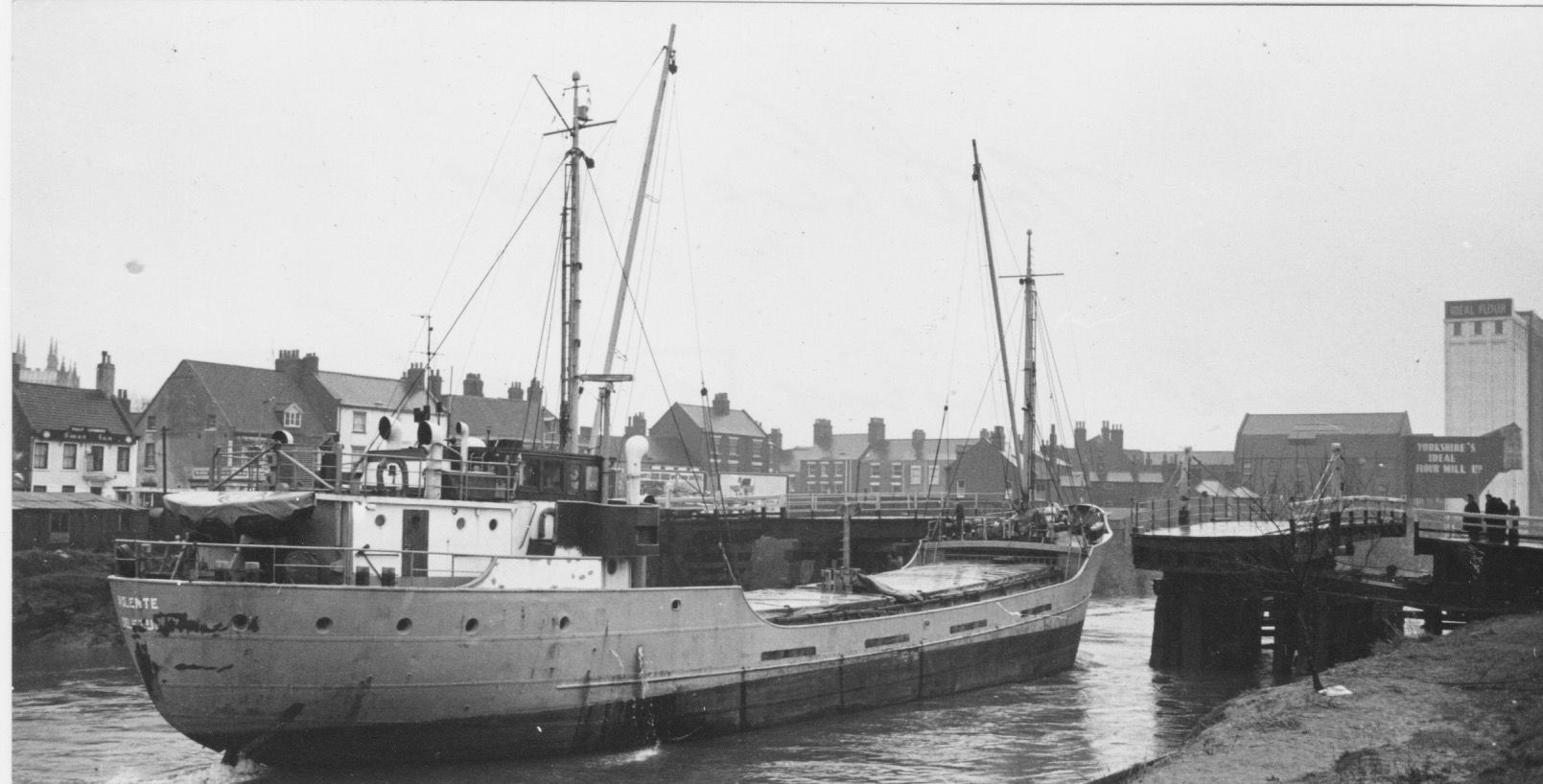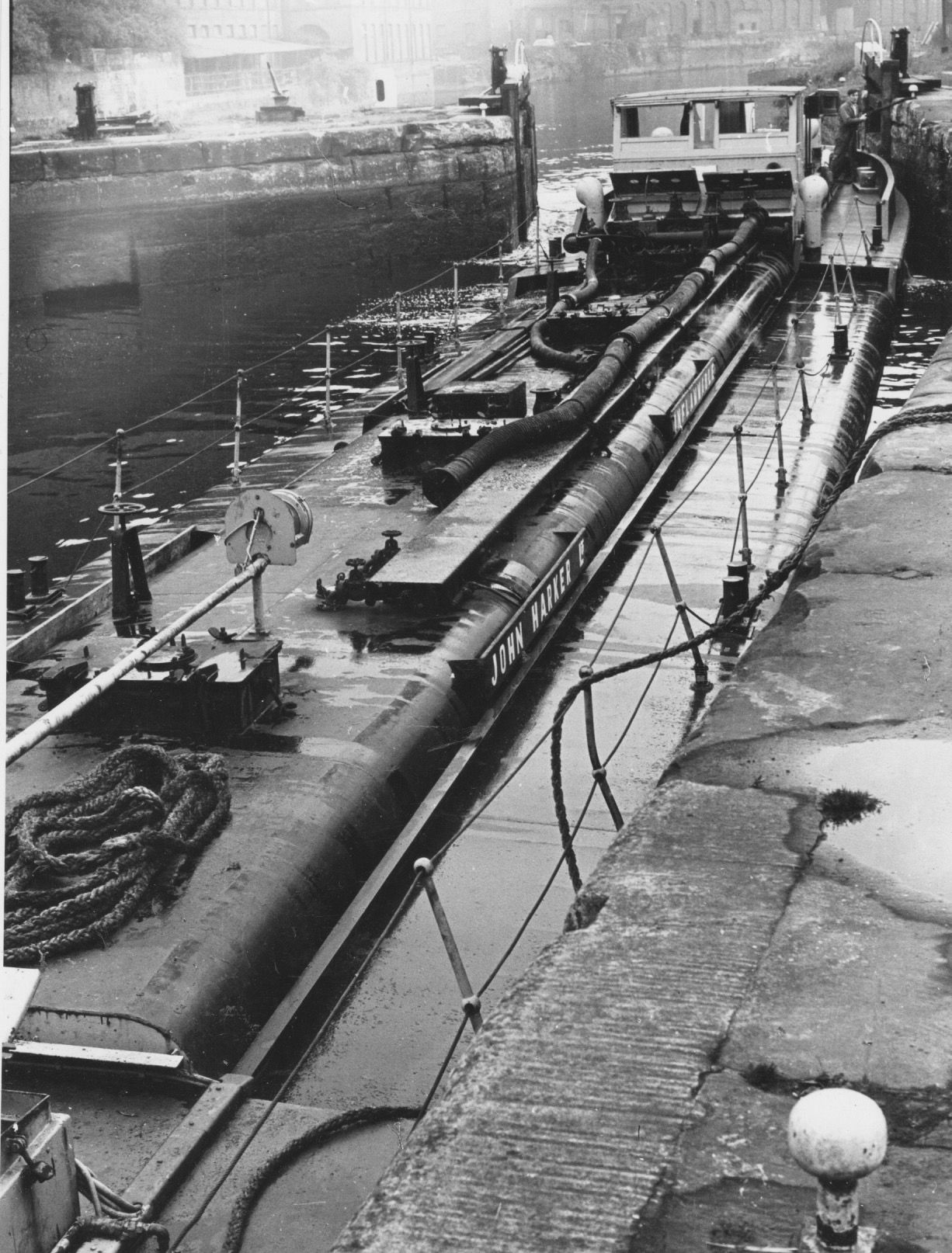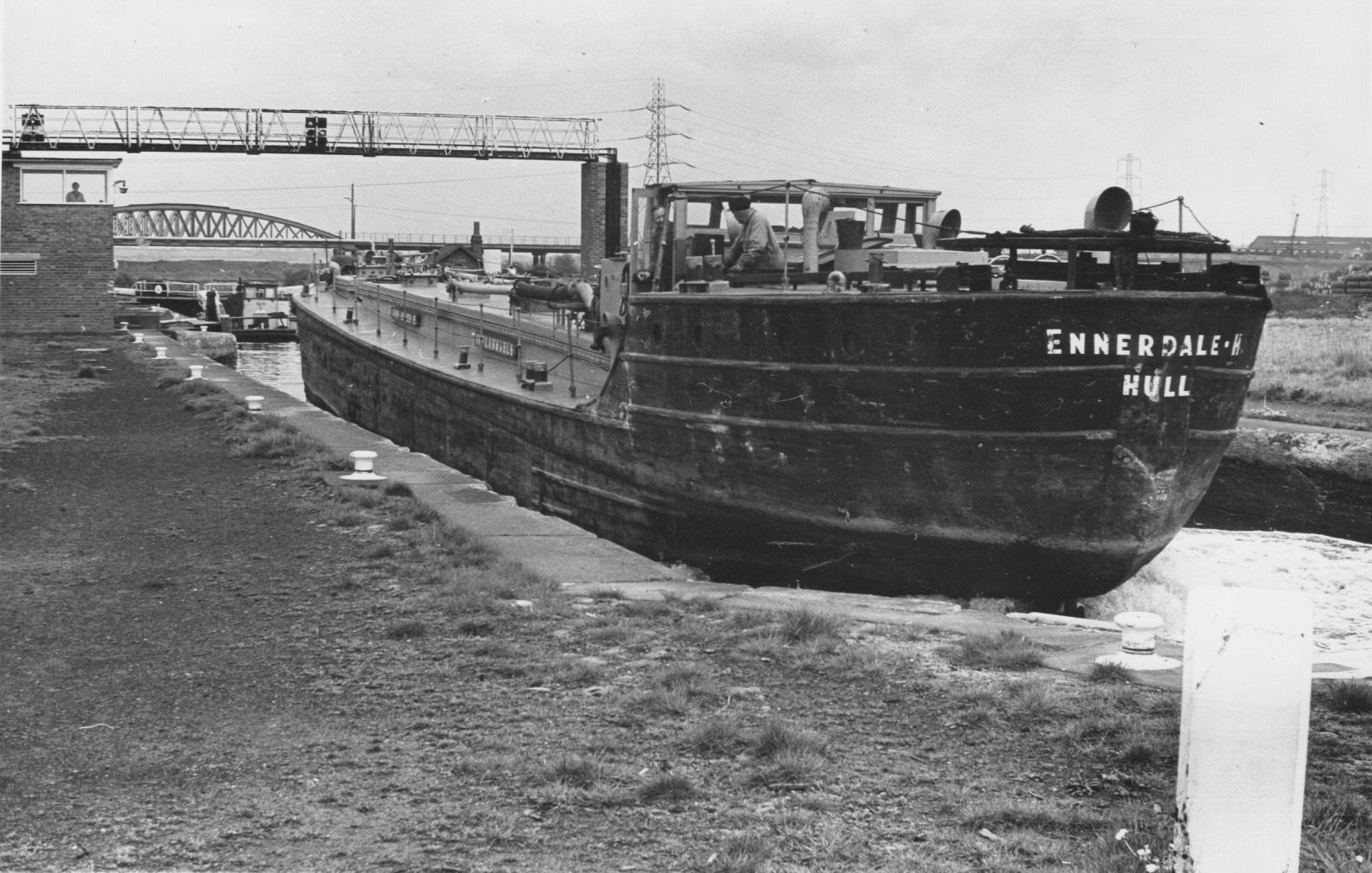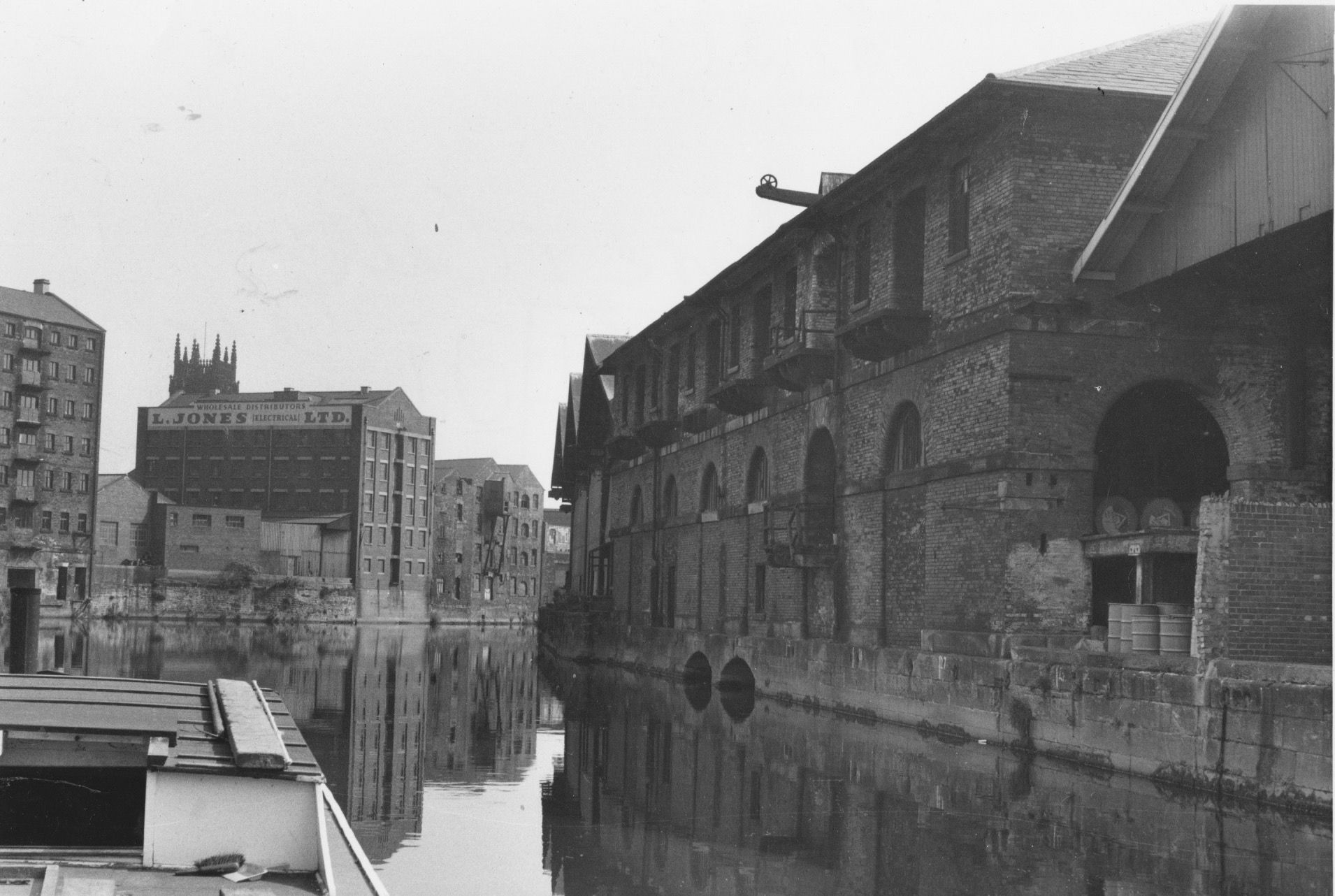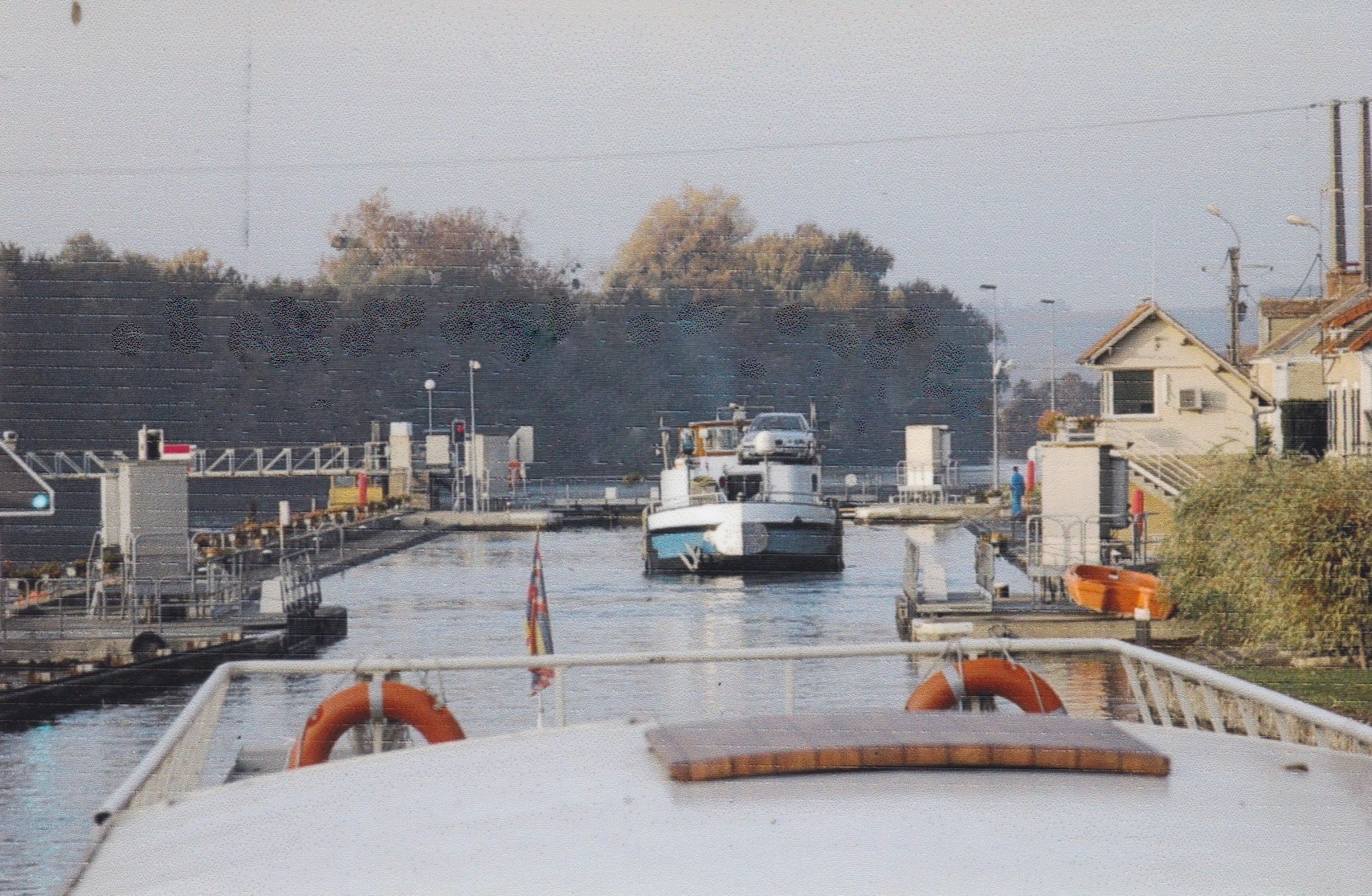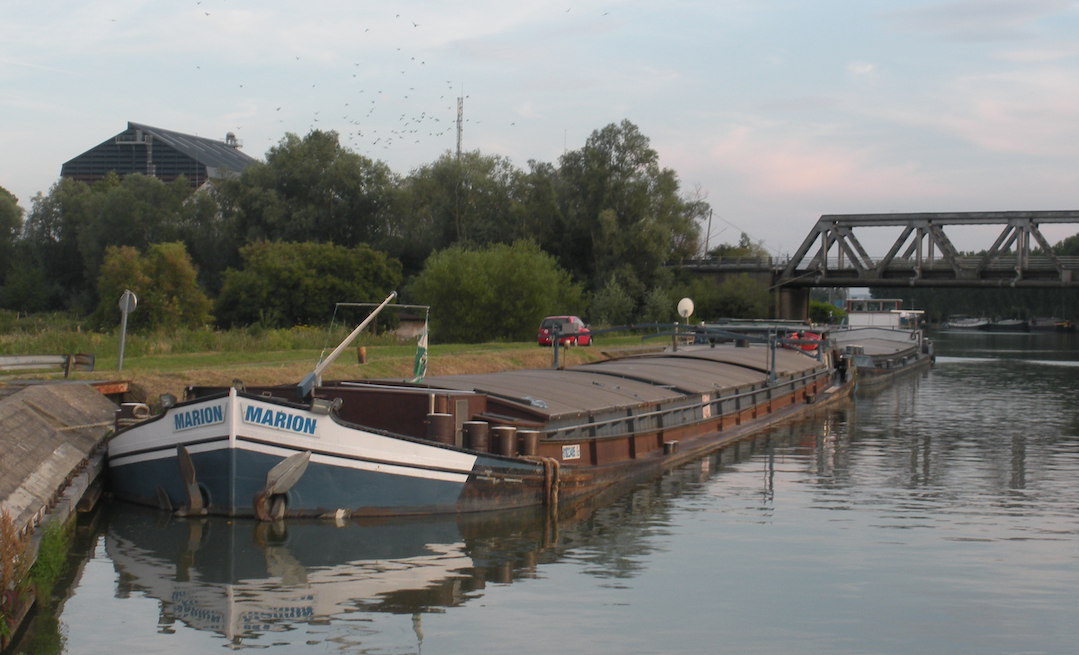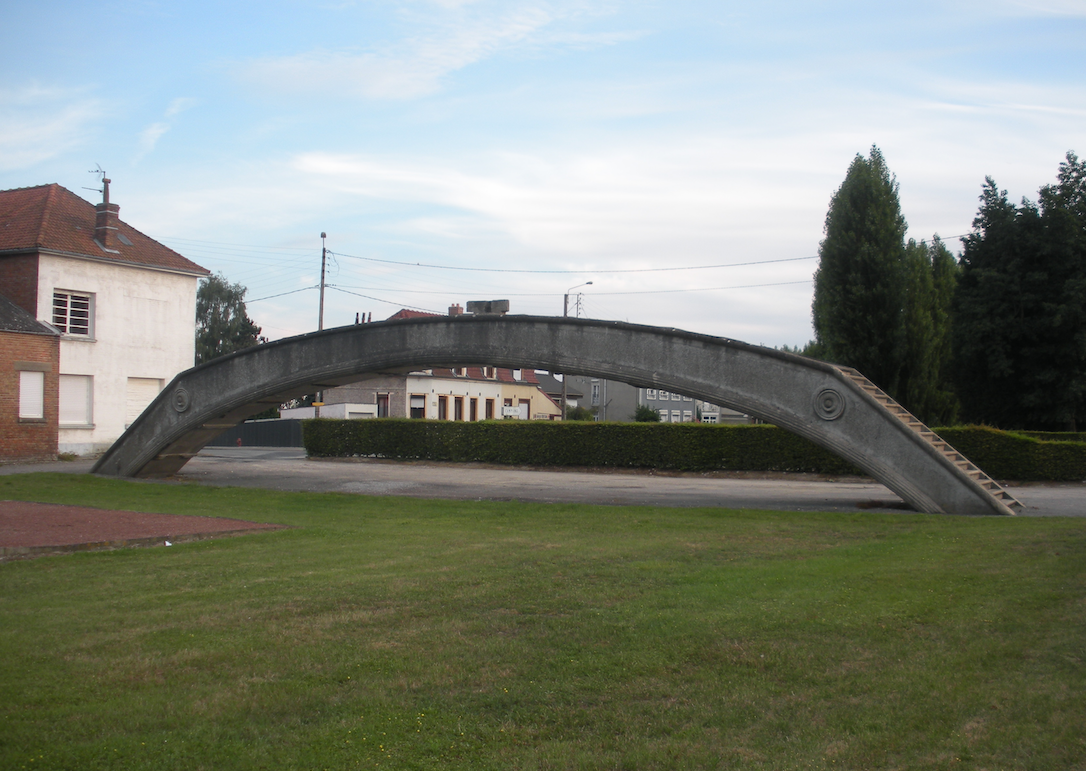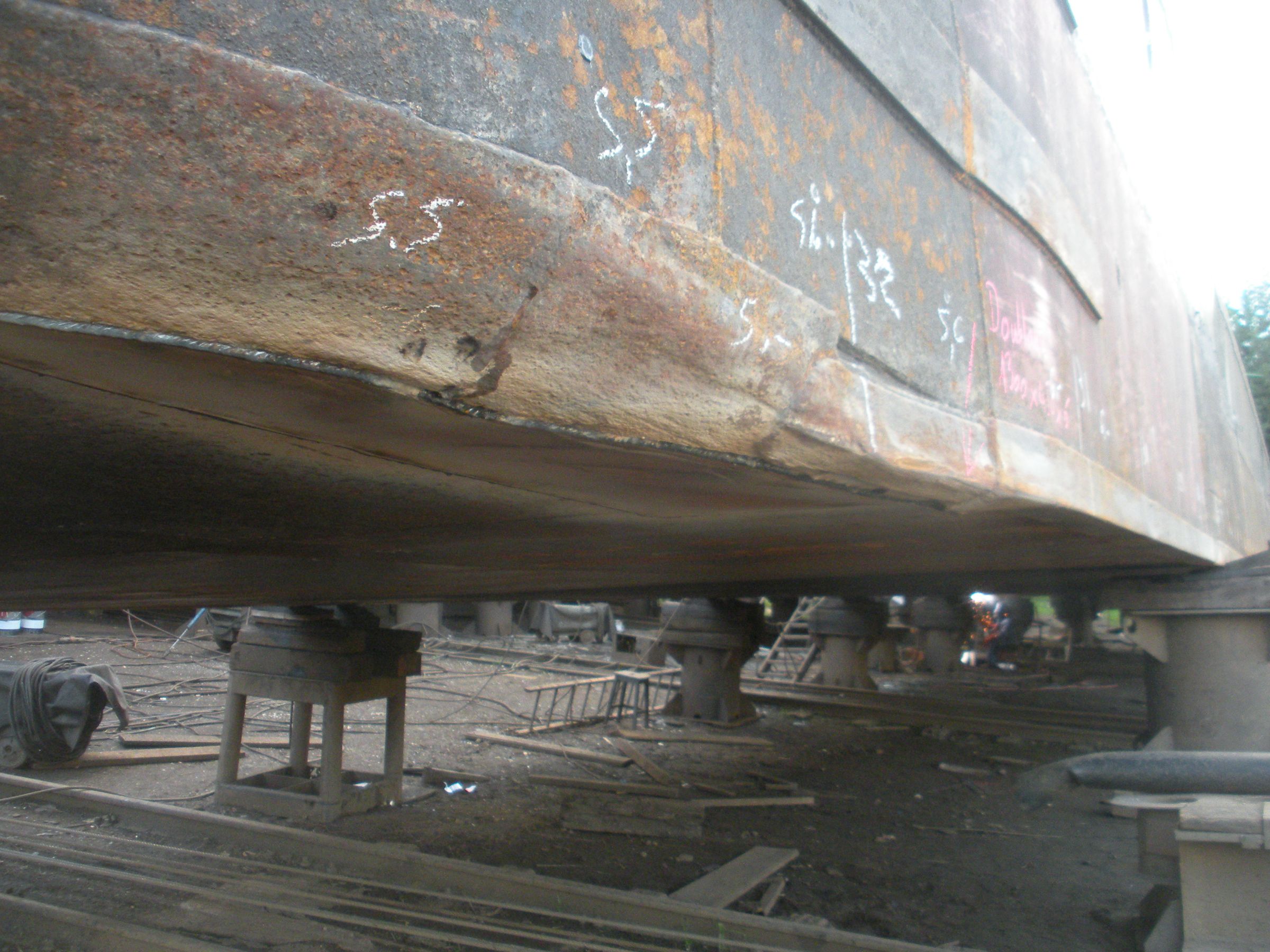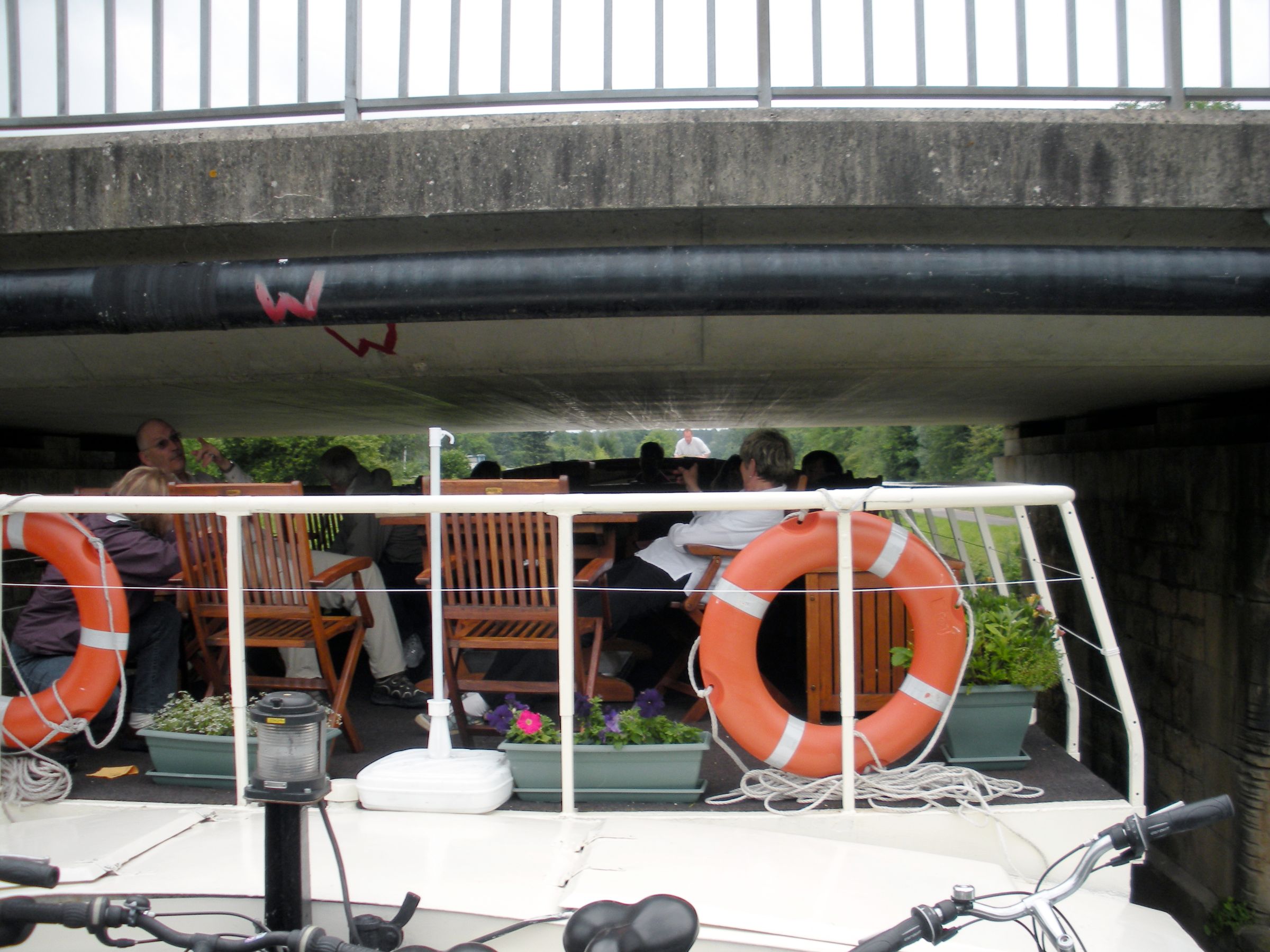-
Posts
319 -
Joined
-
Last visited
Content Type
Profiles
Forums
Events
Gallery
Blogs
Store
Everything posted by John Liley
-
The inclined plane at Ronquieres in Belgium opened in 1968 when we, in Britain, were still facing canal closures. No further away from London as Liverpool, or Leeds, it remains strangely unknown on our island. Were it otherwise, and comparisons made with waterways on mainland Europe, such schemes as renewal of freight on the Aire & Calder would be taken a good deal more seriously - to the benefit of our network on the whole.
-
I absent-mindedly posted these two photos on the March of the Widebeams thread (must try harder) so here they are again: approaching Dordrecht in the Netherlands, and a dredger emerging from a lock in the Biesbosch National Park nearby. The dredger, incidentally was worked by a guy using a constantly running donkey engine, upon the rotating parts of which he wound a sequence of ropes to deploy the grab, swing it over the hold and deposit the sludge on board. Our own barge Luciole uses a bilge pump from one of these vessels, massive and highly effective, since it can pump stones and bits of brick as well.
-
The Oude Maas at Dordrecht represents the Big Time. Yet, just around the corner lies the protected area of the Biesboch, where an old-style dredger is seen leaving the lock.
-
This the basin at Clamecy on the Nivernais, and just about as busy as it gets. The mayor here saw the possibilities of the canal long before others did, providing facilities such as a shower, re-excavating also the branch to the left .The three boats in the foreground are run by a group providing vacations for underprivileged schoolchildren The lock here opened in 1900, the canal previously continuing right through the town, culminating in the harbour shown in the second photo. Concealed at the downstream entrance to the lock is a monument to Jean Rouvet, 16th Century originator (possibly) of the system of flottage, whereby logs were floated down to Paris. Mischievous rumour has it that, following the realisation that no-one knew what Rouvet looked like, and there was a spare bust of Napoleon in the town library, they put that on a plinth instead.
-
Going down. There is a shaft drive to the rudder on Luciole laid across the after deck to the cogwheels visible here. It takes several turns of the wheel to get from one extreme to the other, so the fish indicator is useful. I once had a hard day in the sun, descending a 20 lock flight on the upper Canal de Bourgogne. It was really hard work and we were nudging our way in all too often. Only at the end did I discover that someone had parked our wretched little motor scooter (used for return journeys by whoever was driving our bus) with its wheel against the rudder dtive shaft. So I'd been turning that as well. NB Lock gates are made of metal here, lasting far longer than modern-day oak ever will. With a host ofUK waterways rrestored in the 1990s coming up for gate renewal. is it not time to move to steel instead?
-
My friend Robert Shopland, who has died aged 80, did much for inland waterways. With Don Collinson, way back in the 1960s, he persuaded Bath Corporation to fund restoration of the locks there, a turning point in civic attitudes nationwide. As a founder of Waterways World magazine he edited it through its perilous early years, providing a forum for campaigners, a genial, unforbidding welcome to newcomers and a platform for an inland boating industry that, until then, was lost within the folds of yachting. An appreciation by myself is scheduled for the forthcoming issue of the magazine. He is seen here, way back, near Crofton on the K & A.
-
On the Grand Canal D'Alsace (France on the left bank, Germany on the right) there are few places to stop for the night. When two French petroliers turned up we let them lie alongside the Arthur, with a long line from their sterns to the pontoon we were against. This had the bonus, for us, of shielding us from the wash of all-night traffic, while they, genial characters, assured us it made no difference to them. They left mighty early, though, which meant we had to follow soon after.
-
A friend, John Stothert, who had previously run the boatyard at Norbury on the Shropshire Union, was refitting his yacht at Oundle on the Nene. When finished, he hitched a tow from what was known as The Stone Barge, to drag him through the water and mud of the tidal section (in which with such a deep-keeled vessel might otherwise have taken weeks,) to the sanctuaryof Sutton Bridge on the fringes of The Wash. In one of these pictures we are still, somehow, soldiering on while waiting for the incoming tide to arrive. I believe The Stone Barge later acquired a name and was involved in the grain traffic between Tilbury and the River Wey. John himself eventually sailed to the West Indies, and back
-
A peniche loads at Coulanges, 29 locks up the hill from Auxerre on the Canal du Nivernais. The picture was taken forty-odd years ago and, even then the route was silted enough for the last few tonnes to be takan by lorry, then loaded aboard in Auxerre. The silo remains here and there used to be, in the shallows below this point, the vestiges of a barge repair yard, but no passer-by would ever know. Note the towering TV aerial, the first thing to be attended to whenever the vessel was moored.
-
A voyage on the Shropshire Union remembered. Our motive power, named Fred, find ng he was expected to do a 16 mile round trip, rather than the usual four, decided to eat his way along. On the return journey, however, no-one dared stand in his way. The inland water speed record was in serious danger of being broken. Since journey's end was a mile and a half beyond his customary grazing area, we practically had to carry him for the last bit.
-
In the chaos of June, 1940, French forces blew up part of the Briare Aqueduct - the only crossing of the Loire for many miles - in the hope of slowing the German advance. It did not work: German forces crossed over using floating pontoons and one year later the aqueduct was repaired by the contractors Dayde et Pile (there should be accents over the letters e!), the same company as built the structure in the 1890s. At the reopening a ceremony was held, with the berrichon 'France' being the first vessel across.
-
The surface area is deceiving: this lock on the Yonne has both sides sloping. The lock-keeper has taken a stern line, and the peniche will edge forward to rest the bow against the knuckle near the starboard side gate. The best place for ourselves will be to go alongside. making fast to the port side lock knuckle and wall in the same kind of way.
-
The Canal de Berry agin, the nearest thing to narrow boating in France:at Montlucon, the southernmost point of its southern arm; and at Marseilles-les-Aubigny, where it joined the Lateral Canal to the upper Loire. When I first went through M-les-A half a century ago, the Canal de Berry had been closed for several years, and filled in at this point, though several of its vessels remained moored in the basin there.
-
I think the comparison is with the 1930s vintage main road bridge downstream. The whole matter is an uneasy repeat of what happened thirty years ago at Mailly-la-Ville on the Canal du Nivernais. Rebuilding a bridge there, unnecessarily low, prevented empty peniches from getting upstream without the water level being lowered, thus bringing to an end the long-standing carriage of grain from the regional silos. For the local maintenance squad this relieved them from the duties of tending the weir to get the level down and so, regrettably, they were pleased. One of several advantages of keeping freight on canals is that it keeps the staff on its toes.
-
To clarify (hopefully): there was an error in the first post on this thread. There was a multi-arched bridge across the river, dating from 1700., Various bits of it collapsed or weredismantled over the years, with the final demolition in the early 1940s, leaving a portion on the western bank. Meanwhile, a new metal bridge across the Yonne was opened farther downstream in the 1930s, part of a busy route to the south. The new bridge about which the arguments surround has no physical connection with either of these. Before building it the district council asked VNF, the navigation authority, for the limiting dimensions, and was given those that are no doubt still in force. These would have been fine in the days of 38 metre Freycinet peniches. In recent times, however, with the revival of water freight on a much larger scale , there is a serious need for these figures to be up-dated. The discussion now will be as to whose fault it is and who, if anyone, will pay to have the bridge jacked up. If this does not happen it will be a major blow to the revival of bulk transport in the area. To add to the complication, the Yonne is a difficult river (as I know to my cost) and liable to flooding. Also, the loads coming out of the new port of Gron are often bulky (eg offshore rig components0, yet not weighty enough to get beneath the new structure as it presently stands.
-
There is heavy traffic on the lower Yonne. Following the Grenelle environmental forum of 2008 the French government is pushing for a target of 25 per cent of all goods to be carried by water. A lock was rebuilt at the Yonne's lower end to enable bigger craft to get to Gron, upstream of Sens, and - the key to efficient use of waterways - indiustries have established themselves there. There is a steady flow of gravel barges also, to keep Paris supplied Grain is also carried from Silos as far upstream at Laroche-Migennes, where the Canal de Bourgogne joins. The rhetoric of Brexit has not been helpful in the spread of information on such schemes! Would that our own waterway organisations put the word about.



